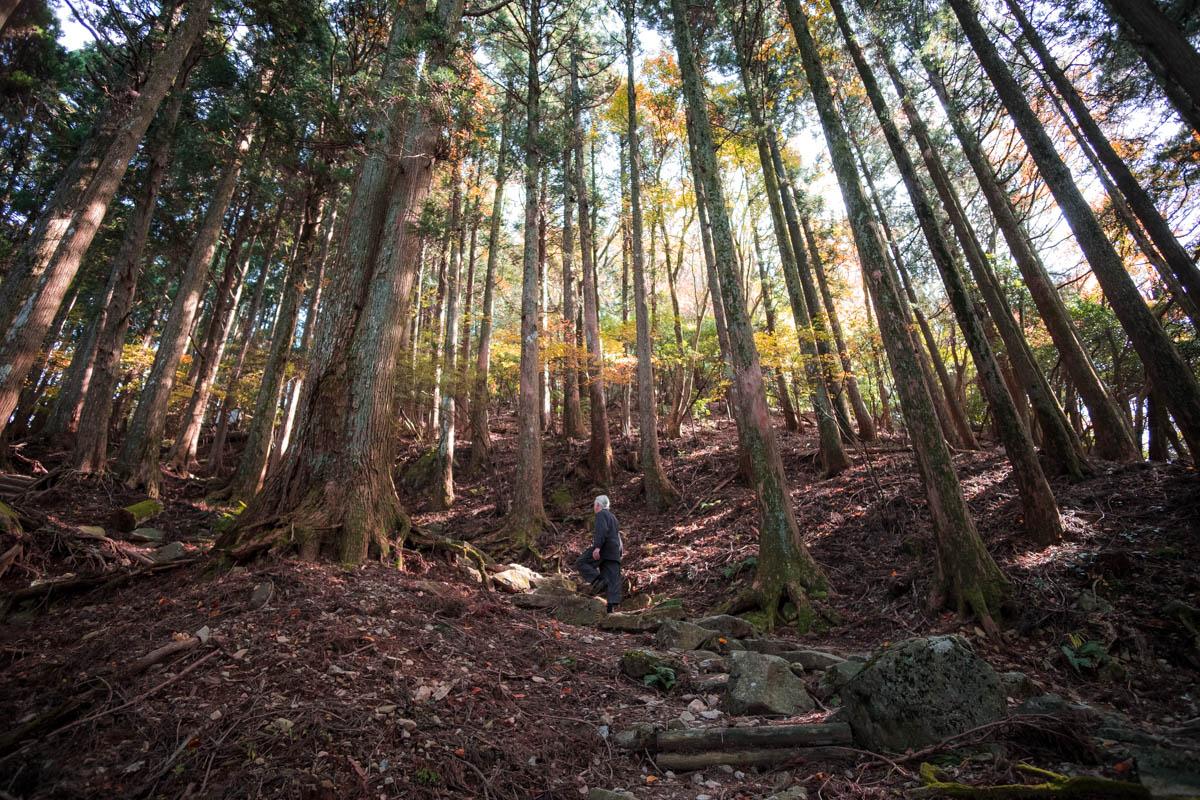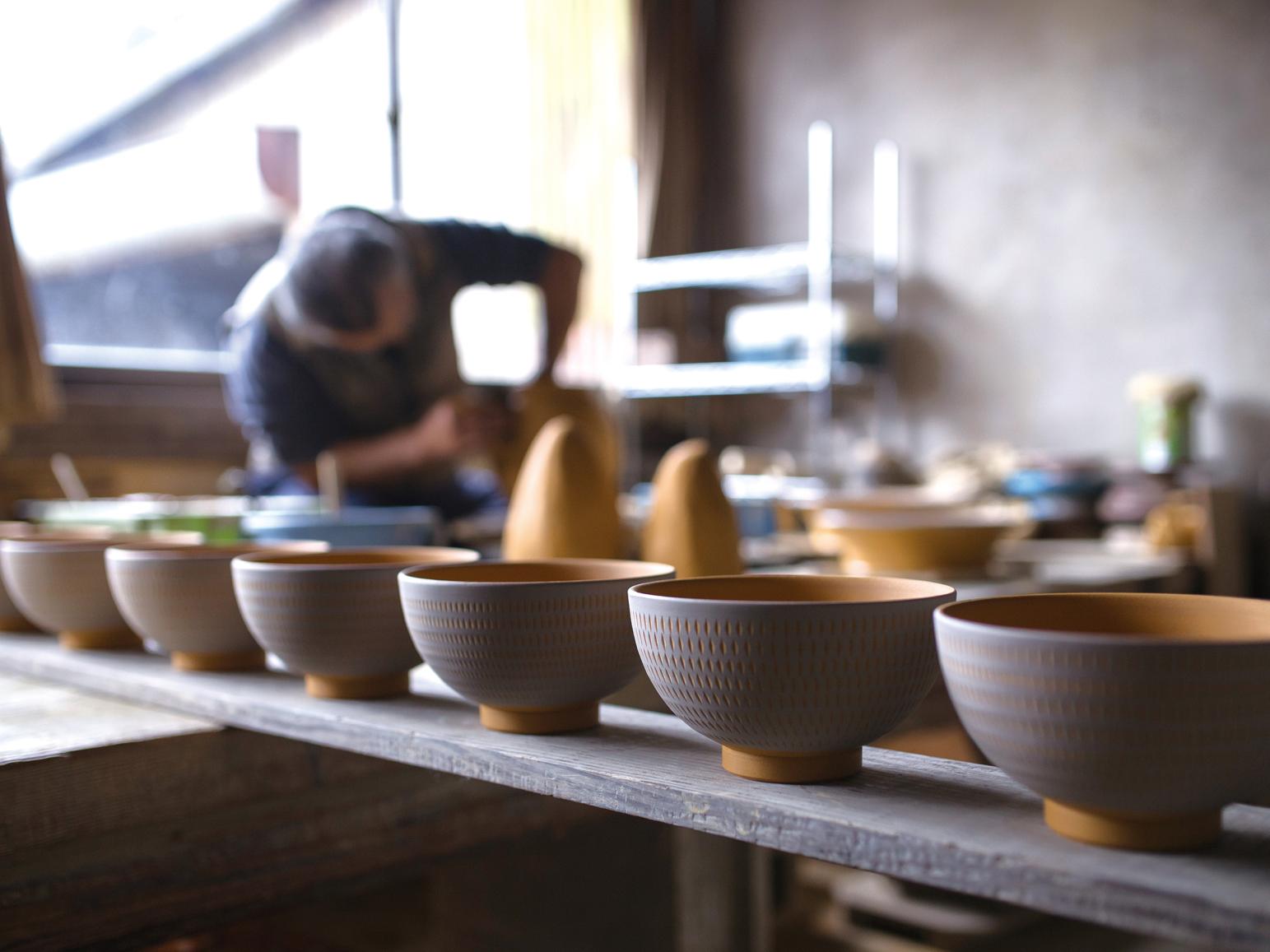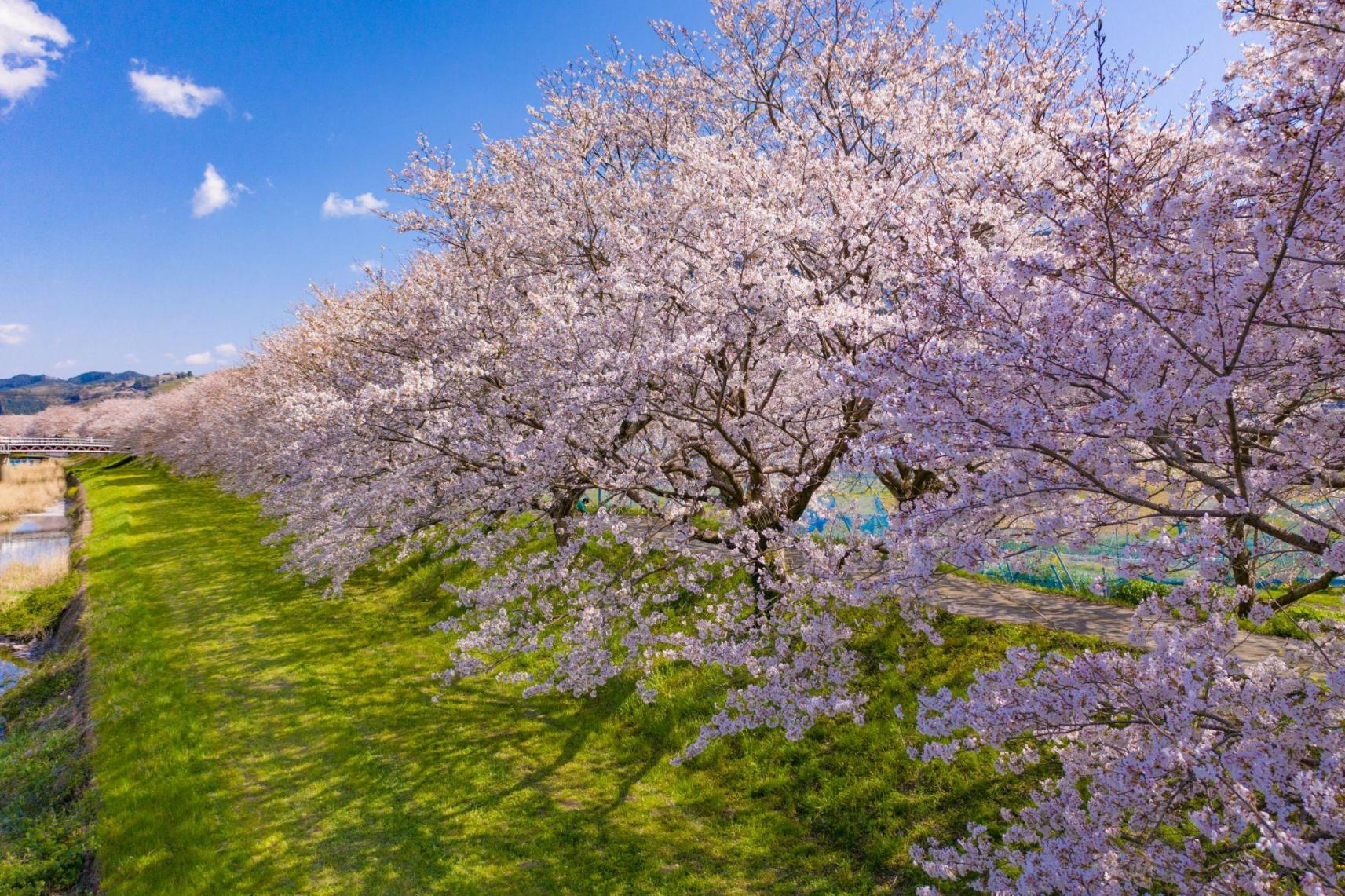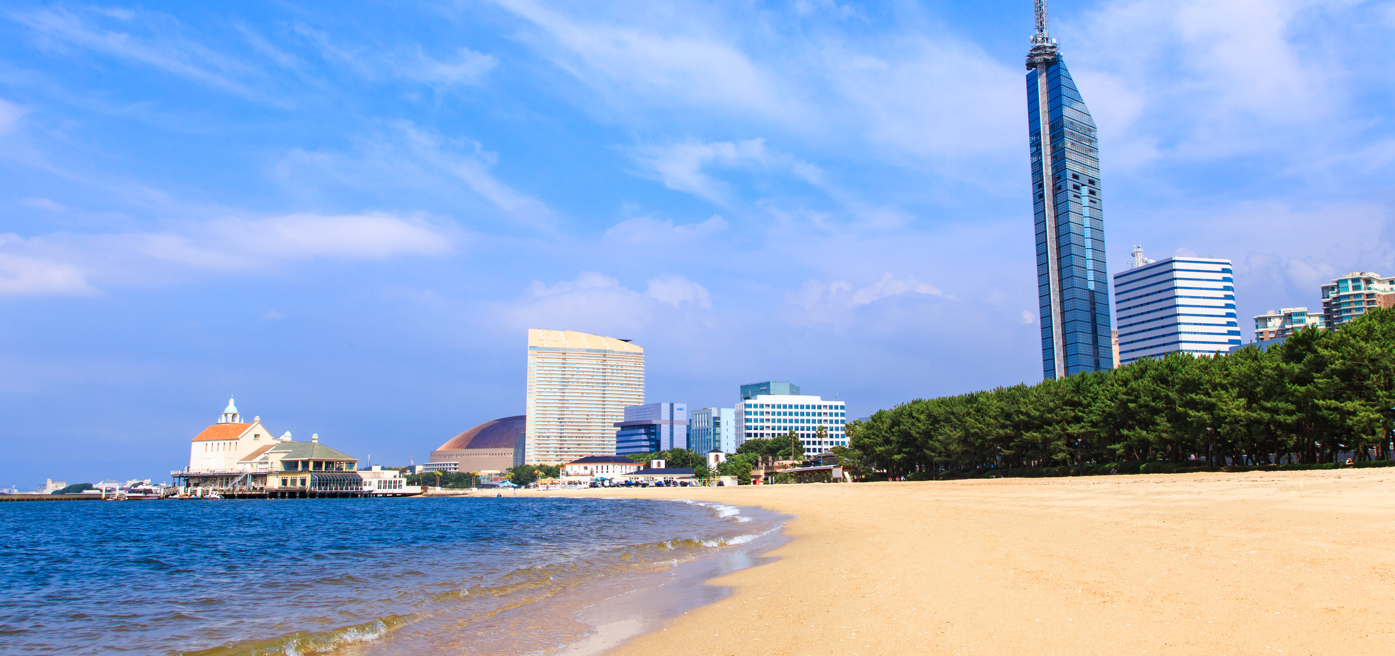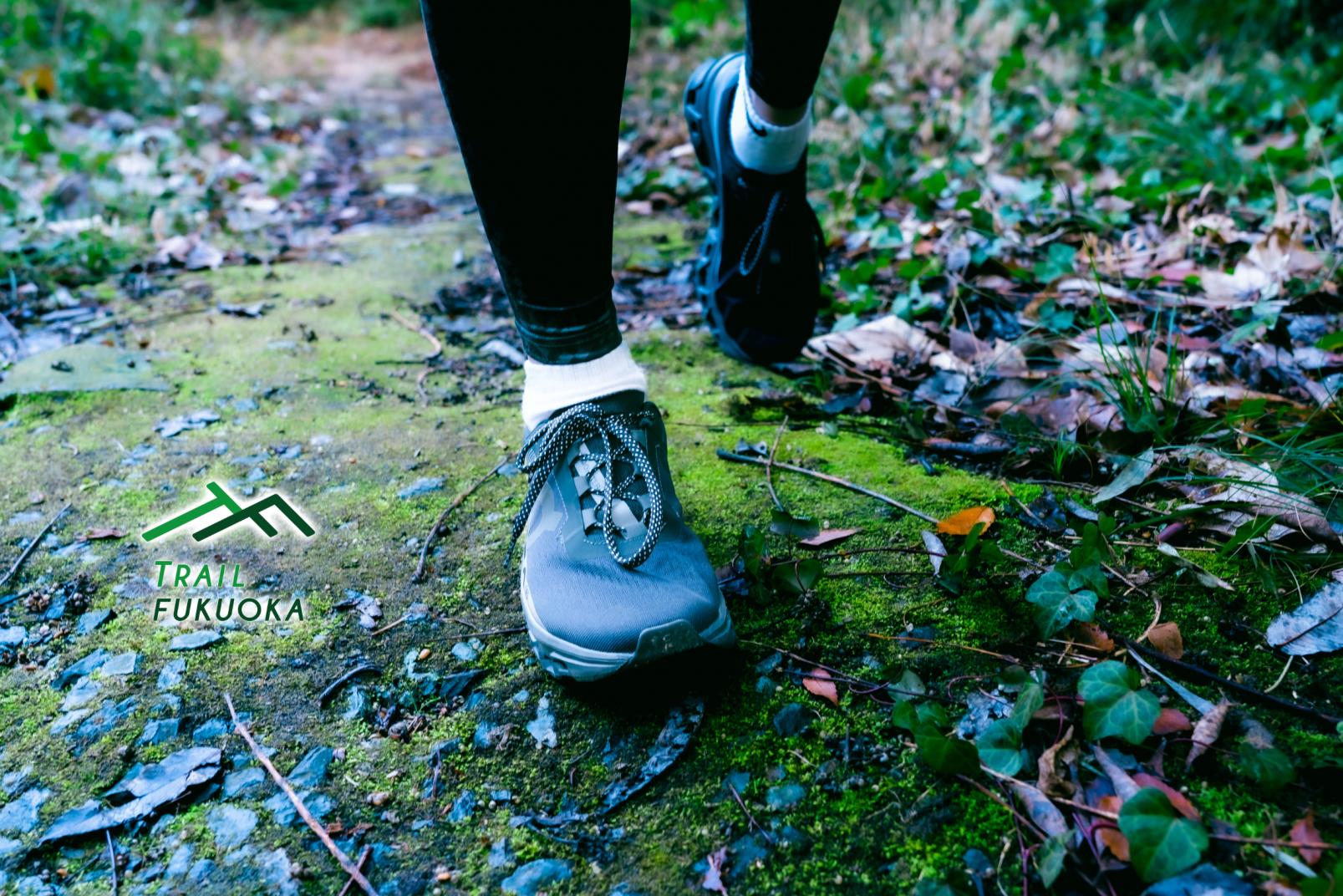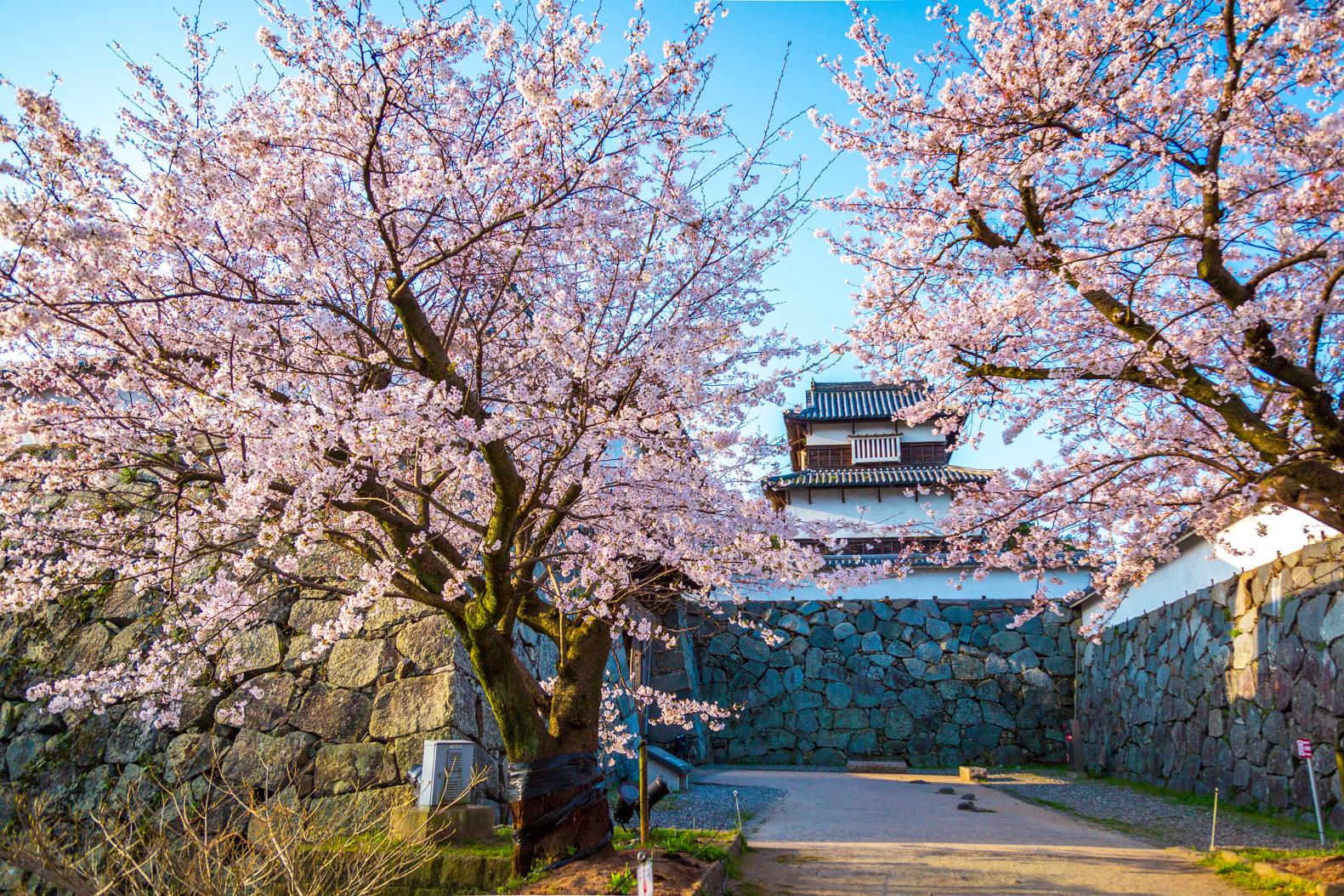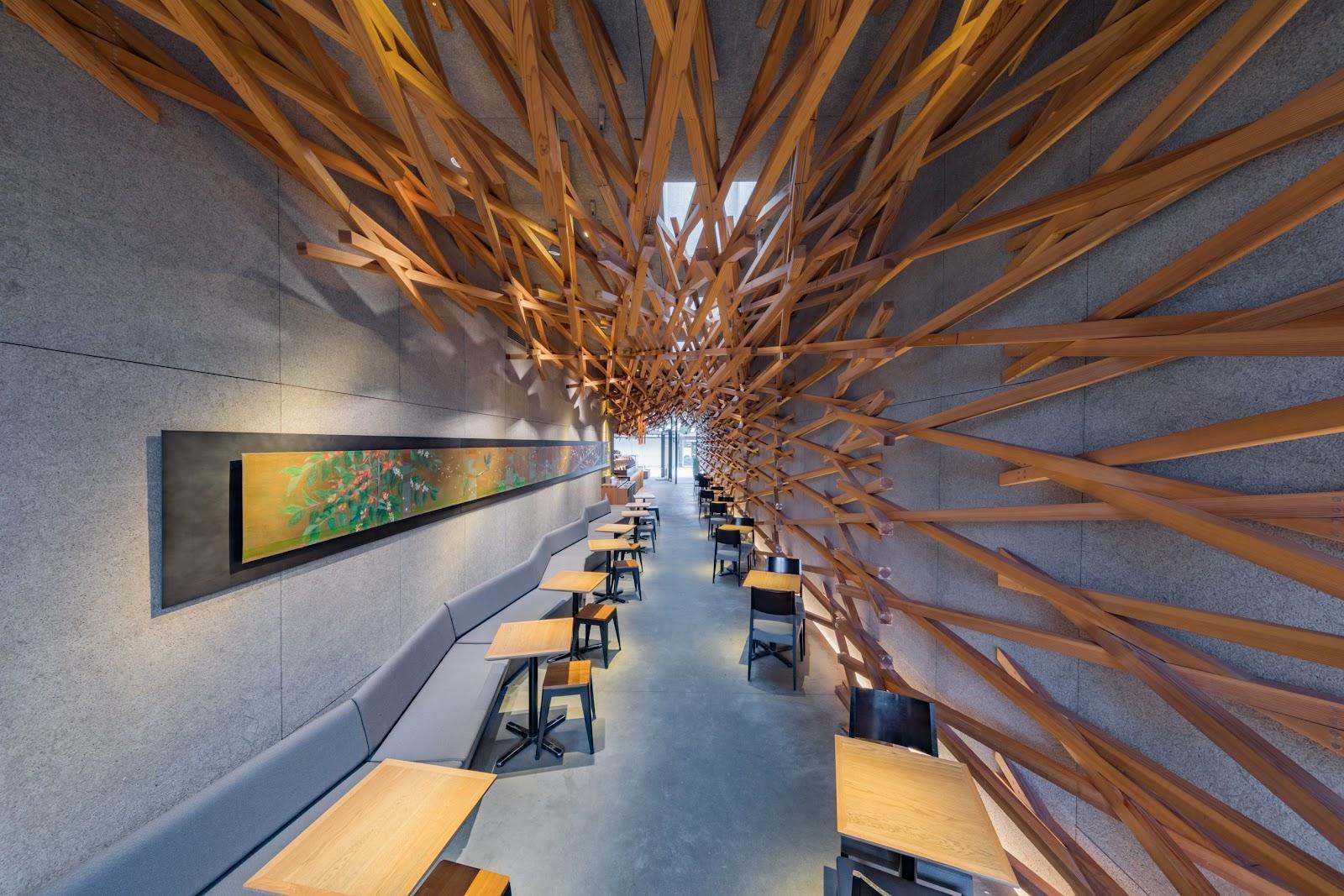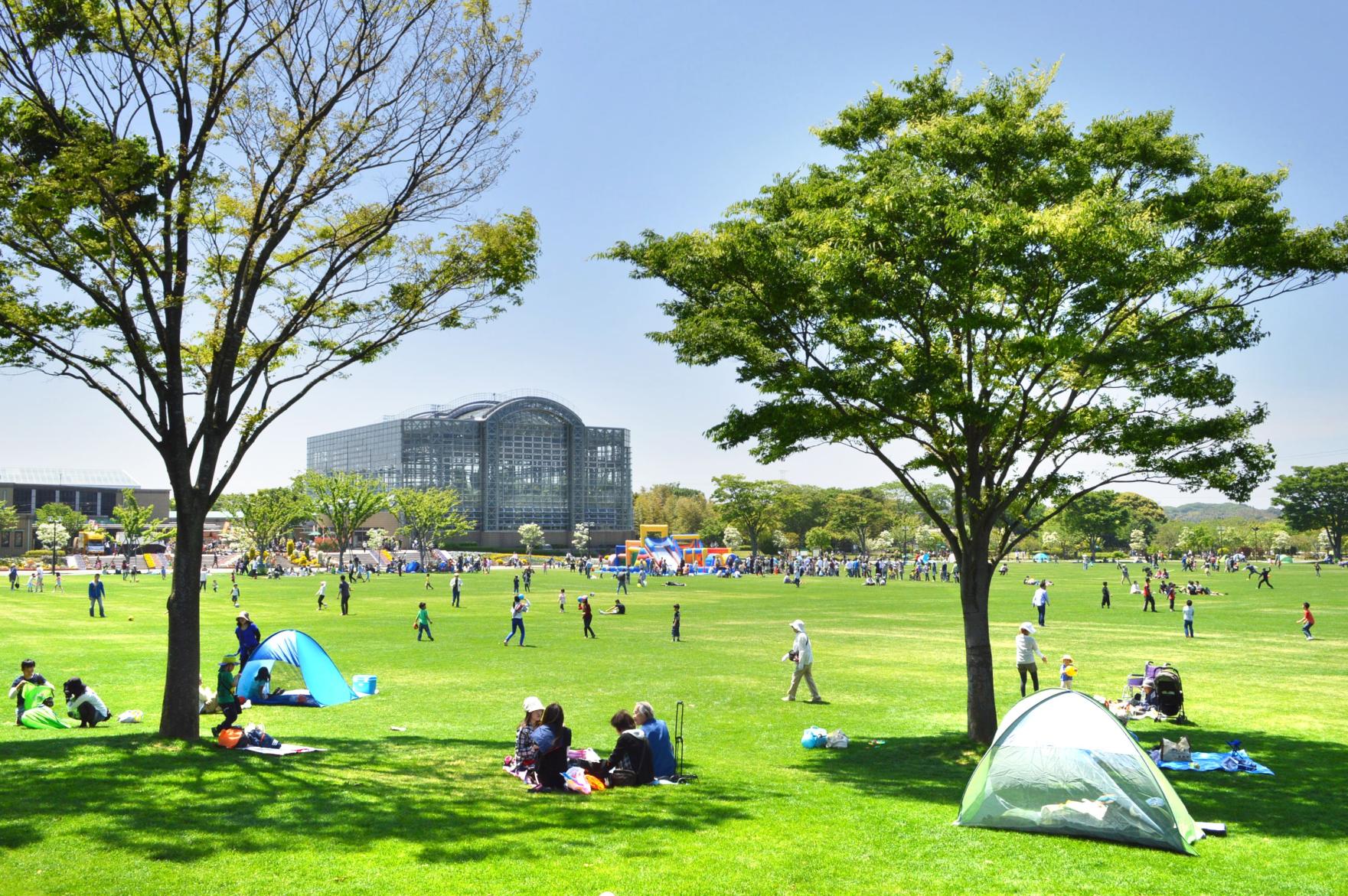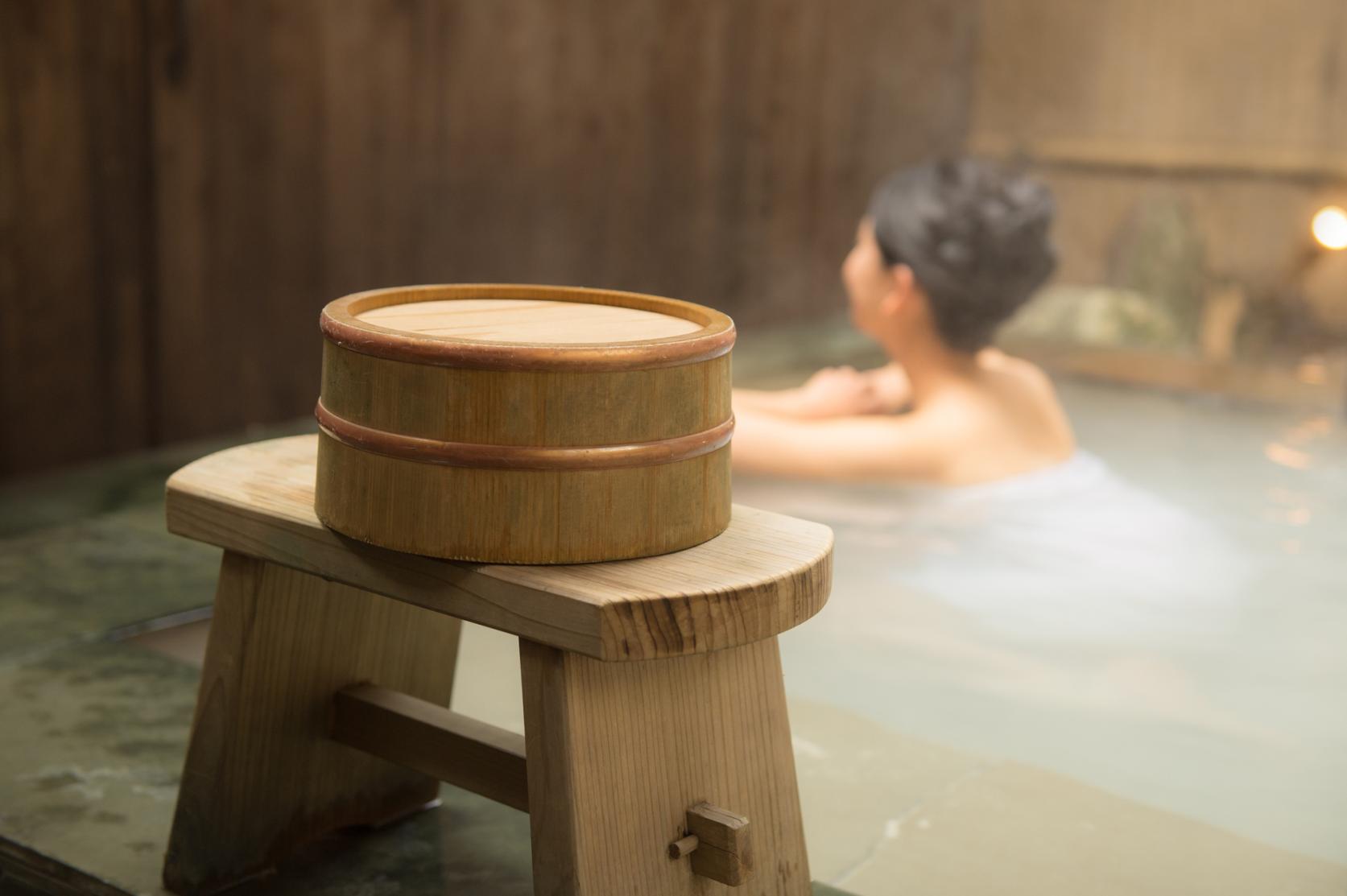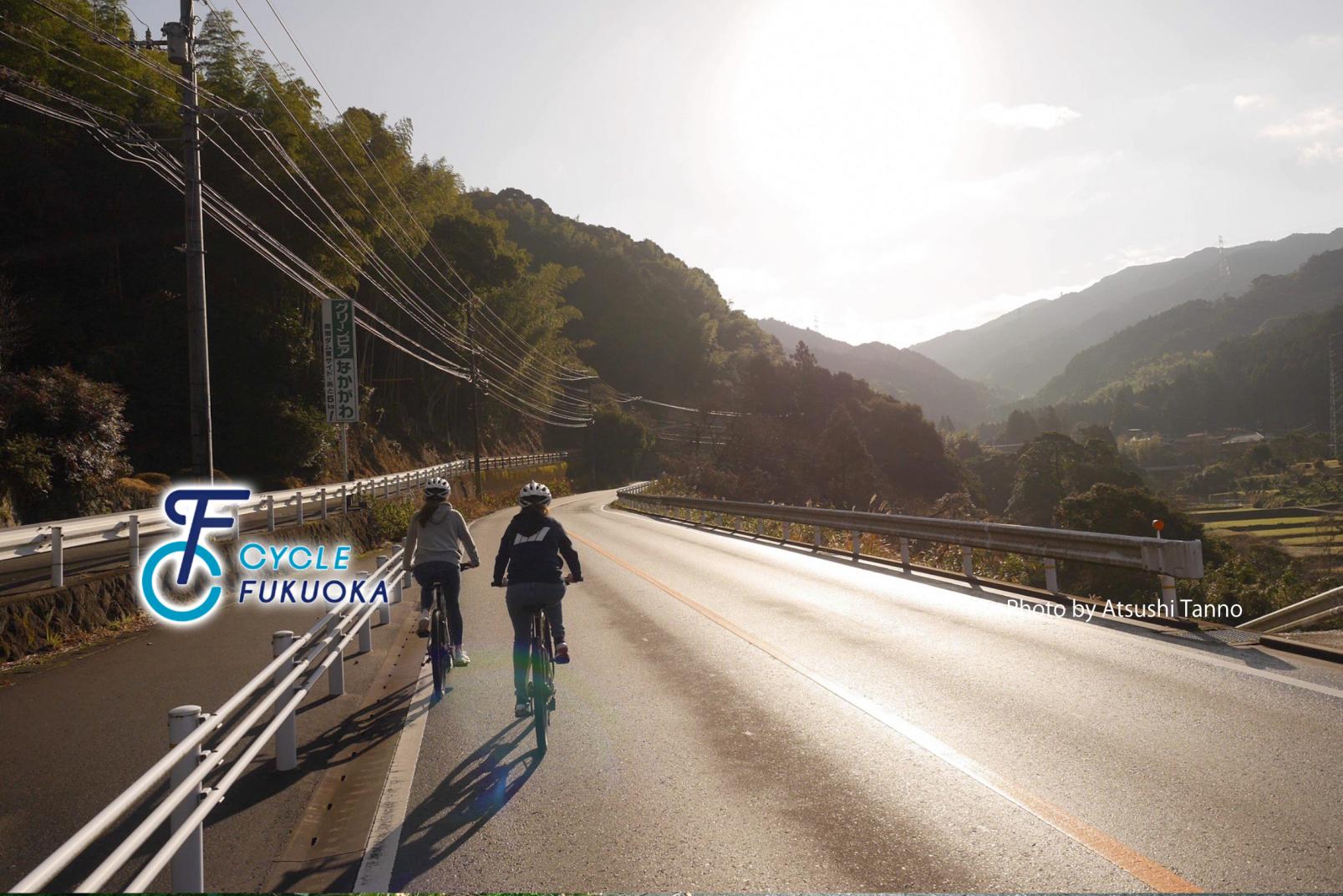
Nakagawa-Omuta Route
【Route Length】Approx. 86 km
【Elevation】Approx. 893 m
Ride from the mountains to the town and enjoy the changing scenery on this up-down route
After the hill climbs and descents of Gokayama, see the Tsukushi Plains, Ariake Sea, and rivers and the countryside on this route where you can enjoy the four seasons and the scenery. You can also head toward Kumamoto Prefecture on this route. In addition, there are Yoshinogari ruins in Saga prefecture, the site of Mietsu Naval Dock which is a world heritage and the Miike coal mine Miyanohara pit in Omuta city, where you can enjoy a ride with feeling history.
CYCLE MAP
*This information is accurate as of December 2019.
①Nakanoshima Park
A spot that is bustling with the spring cherry blossoms and lively in summer with kids playing in the water. Restrooms and water fountains are available, and at the Kawasemi-no-Sato market, you can buy local produce as well as bento lunch boxes, Kashiwameshi (seasoned rice with vegetables and chicken)…, homemade bread, and mugwort mochi sweets. There's also an increasing number of bakeries and cafes in the surrounding area.
②Gokayama Cross
The nickname for the area surrounding Gokayama Dam, the largest in Fukuoka Prefecture. A climb to the altitude of 400m will reward you with scenic views in every direction. The area close to the lake is recommended, and there is also an observation deck, campsites, and a riverside park where you can cool down, along with free restroom facilities in all areas.
③Michi-no-Eki Yoshinogari Sazanka Senbokan Roadside Station
Located along National Route 385, right at the border of Fukuoka Prefecture. At this farmers market, enjoy freshly harvested local produce, freshly baked bread made using natural spring water from the Sefuri Mountain Range, and delicious dishes made with seasonal items. Take in panoramic views from the observation point of the Mino Mountains, Mt. Unzen and Saga Plain. Close by is the nationally designated Natural Monument - the sasanqua camellia of Mt. Sengoku - and the nationally designated Special Historic Site Yoshinogari Historical Park.
④Wani Hakase Kensho Park (Dr. Wangin Memorial Park)
Wani Hakase (Dr. Wangin) was invited by Ojing, the Japanese Emperor, to Japan in the 5th century and introduced Kanji writing to Japan. Kanzaki has been a place connecting Japan and Korea since ancient times, and the park was established as a place to enjoy this history-filled tourist destination.
⑤Kanzaki Shukuba Chaya
A rest area located in Nishi-Kidoguchi, Kanzakishuku, on the Nagasaki Kaido. There is also a tourist information center. With delicious aromas wafting out the store to whet your appetite, the Kanzaki Somen croquette is not to be missed.
⑥Bridgeside Station Doronpa
At the entrance up to the Chikugo River Lift Bridge, on offer is an abundant variety of bento lunch boxes and local produce. You'll love the seafood from the Ariake Sea and seasonal fruits at great prices. Also available is information for tourist spots and events in and around Saga City.
⑦Mietsu Naval Dock Site
Mietsu, the unseen world heritage site.
This was registered as a world heritage site in July, 2015. In 1857, members of the Saga clan were undertaking naval training, and in the following year built their own Naval Academy on the site where the small boat docks had been. This was the start of the Mietsu Naval Dock. This was not just a training facility - the Saga clan also wanted to build steamships. In 1865, Japan's first steamboat, the Ryofu-maru, was built here. The Saga clan also purchased boats and was Japan's leading naval power at the time.
⑧Chikugo River Lift Bridge
With a total length of 507m and the highest vertical-lift railway bridge in Asia, it spans the Chikugo River connecting Okawa City and Morodomi-cho in Saga City. As it is the oldest vertical lift bridge still existing in Japan, on May 30, 2003 it was designated an Important Cultural Property, and in August 2007 it was designated as a Mechanical Engineering Heritage Site by the Japan Society of Mechanical Engineers. It's possible to cross it, if you push your bicycle.
⑨Okawa TERRAZZA
Located at the base of the Chikugo River Lift Bridge, with a simple shipping-container exterior, at the cafe you can enjoy soft serve ice cream and other items made with the local Amaou strawberries, and premium selected coffee. You can also take part in Kumiko making workshops (assembling pieces of wood) and other woodworking events held regularly. At the souvenir booth you can pick up Okawa souvenirs and wooden crafts made by local artisans.
⑩Yanagawa Yokamonkan
On offer are Yanagawa brand items, new items made using Yanagawa produce, and other premium Yanagawa items. It's also a great place to pick up tourist information and information about events and experiences that are unique to Yanagawa, along with seasonal information. There's also a rest area.
⑪Yanagawa Mutsugoro Land
The facility offers various experiences for everyone year-round, which has the handicraft hall, the campground, baseball field, and fishing spot. When the weather is good you can see Shimabara Peninsula, and when the tide is low it's possible to spot the mutsugoro (mudskippers) jumping around. The sun setting over the mud flats has also become a famous sight, with the red sun reflected on the sea leaving everyone in awe.
⑫ROOTH2-3-3
In this repurposed, historic brick building, enjoy this retro-vibed New York-style cafe. Enjoy Instagram-worthy colorful doughnuts, hotdogs, coffee and other menu items.
⑬Miike Port (Miike Port Observation Point)
Opened in 1908, this is the only port in Japan with a lock-gate system. This is a very beautiful sunset spot, and twice a year it's possible to see the setting sun light up a path from the end of the harbor to the lock gates. Listed as part of the World Heritage Site: "Sites of Japan's Meiji Industrial Revolution: Iron and Steel, Shipbuilding and Coal Mining".
⑭Miike Coal Mine Miyanohara Pit
The steel pit shaft and a brick building that houses the elevator winch is part of the World Heritage Site "Sites of Japan's Meiji Industrial Revolution: Iron and Steel, Shipbuilding and Coal Mining".


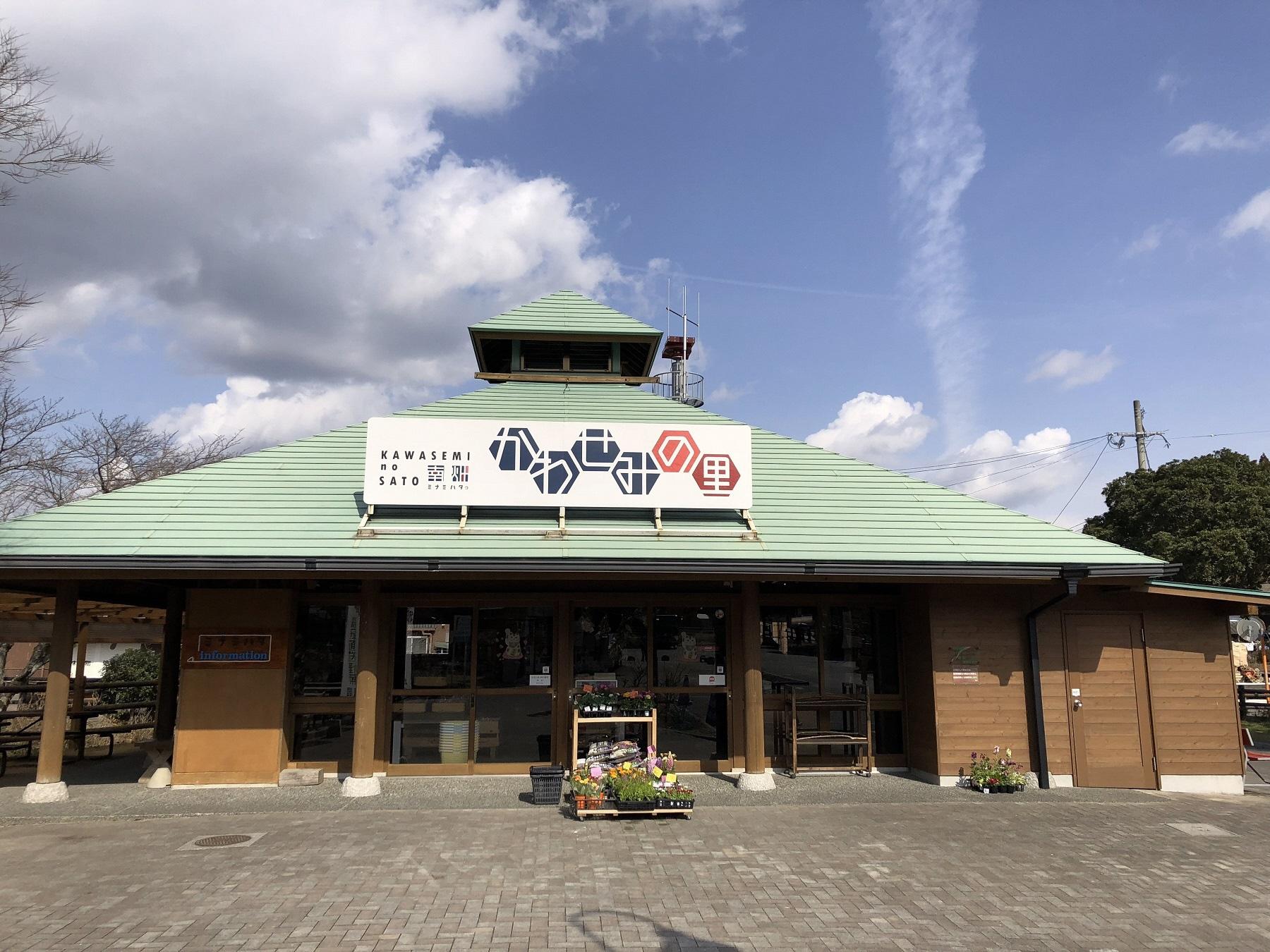
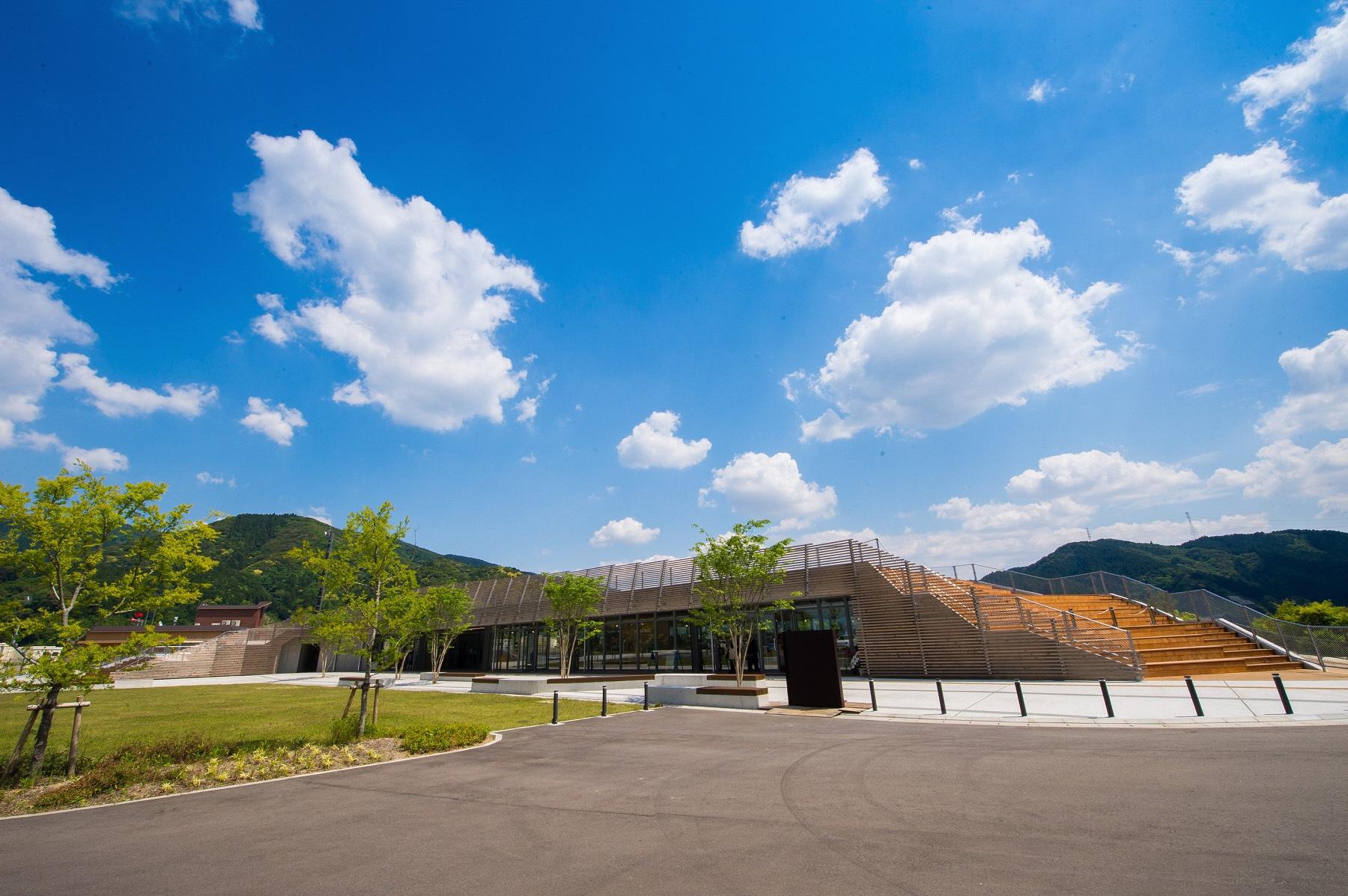
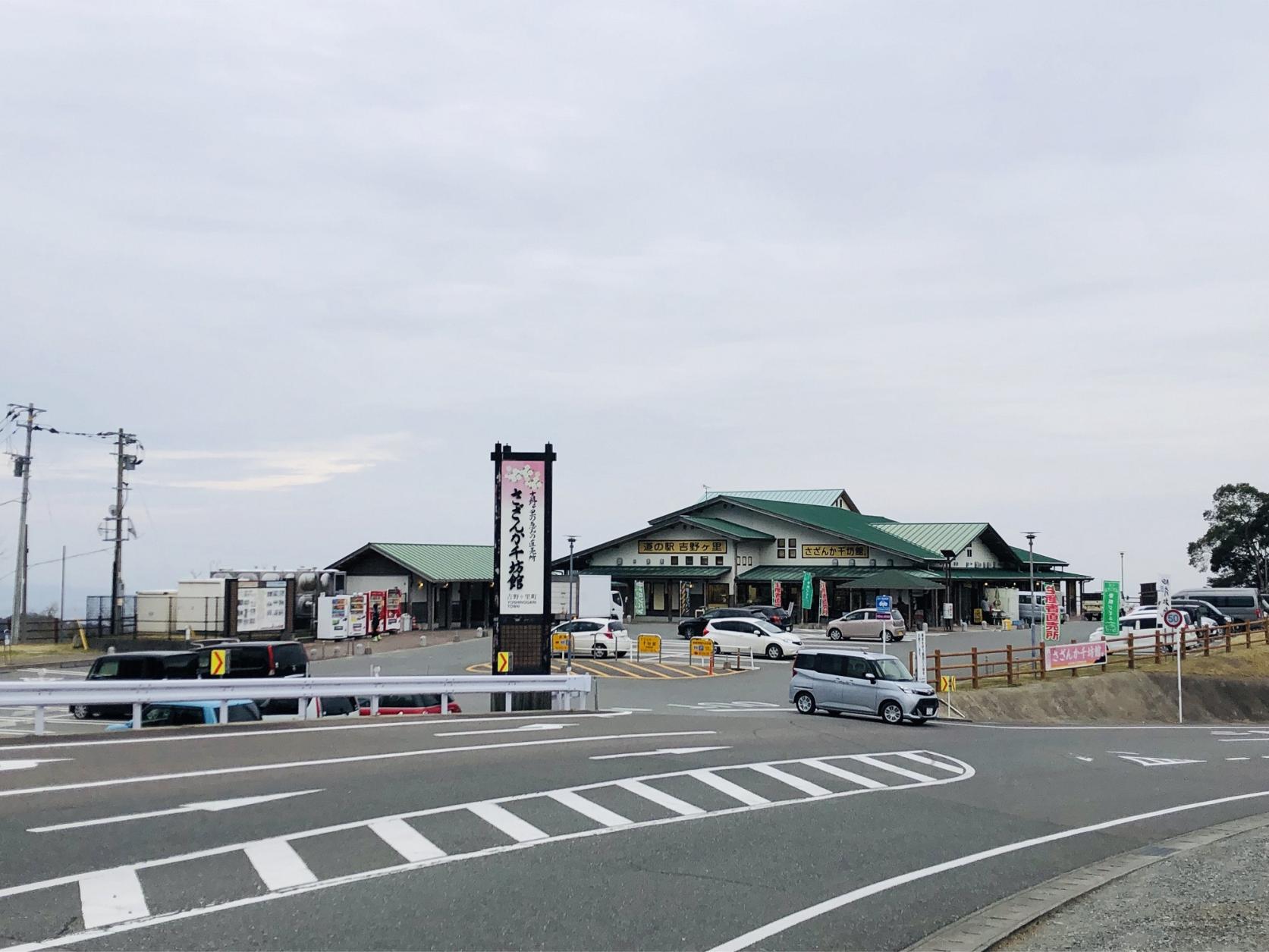
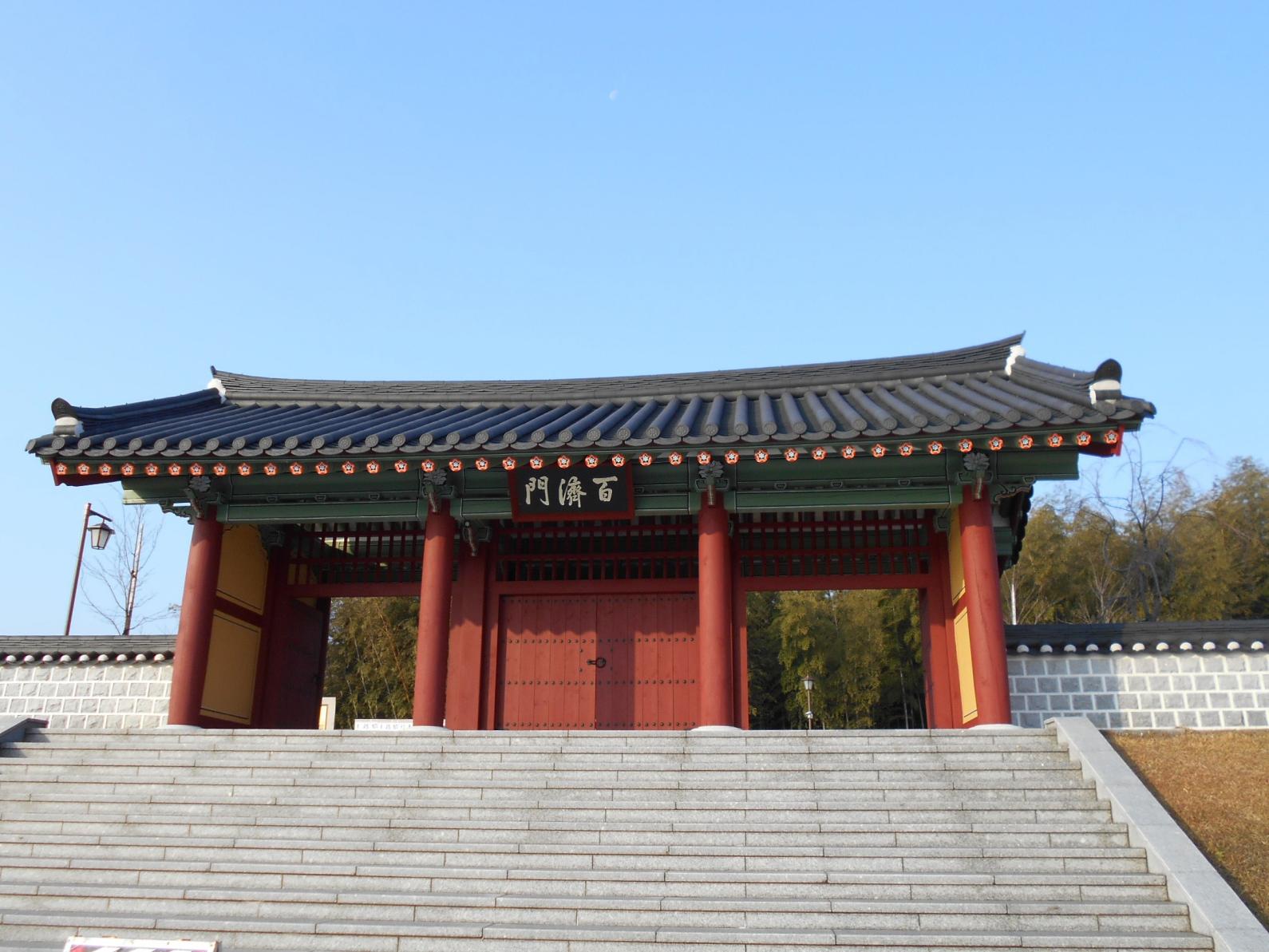
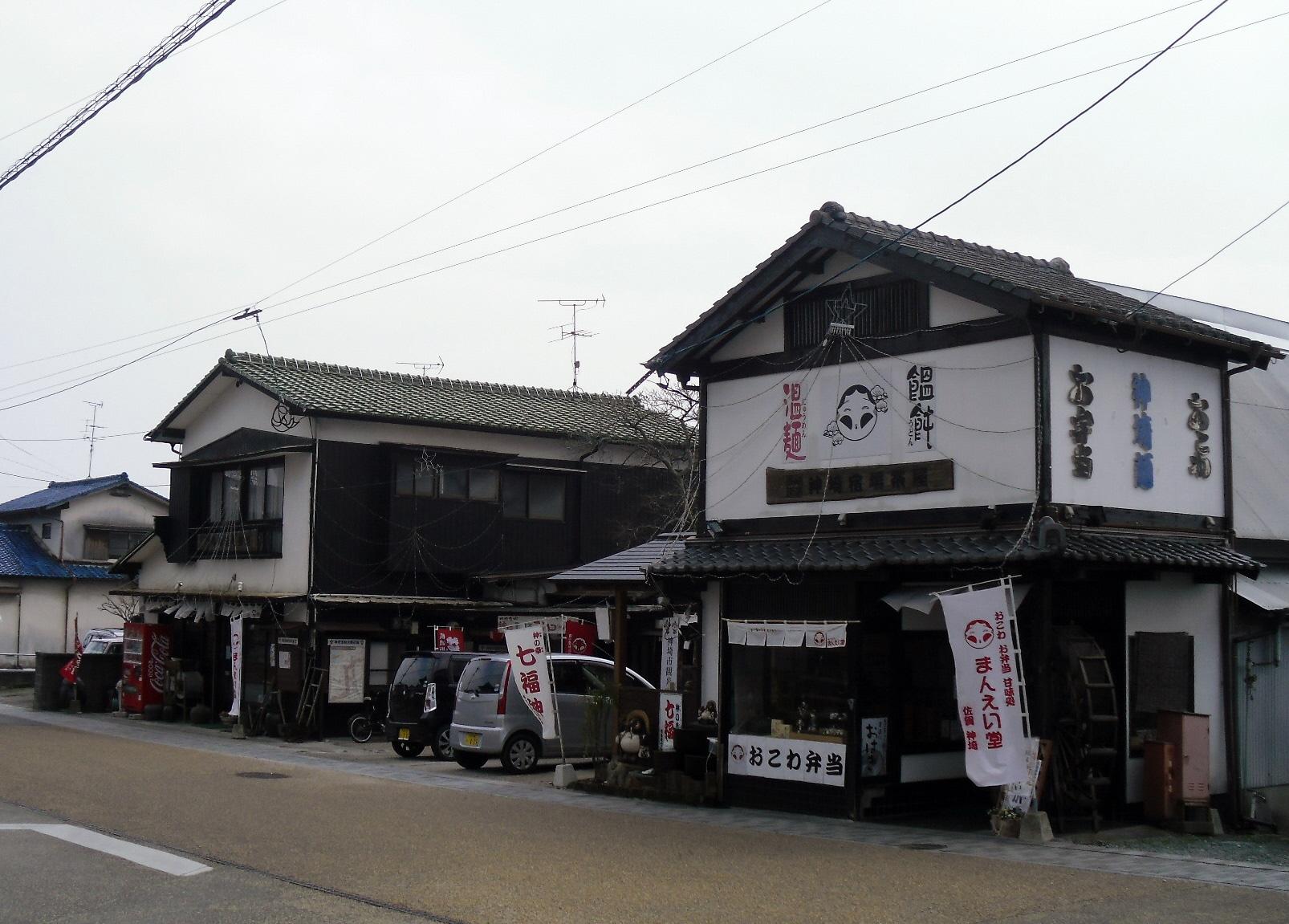
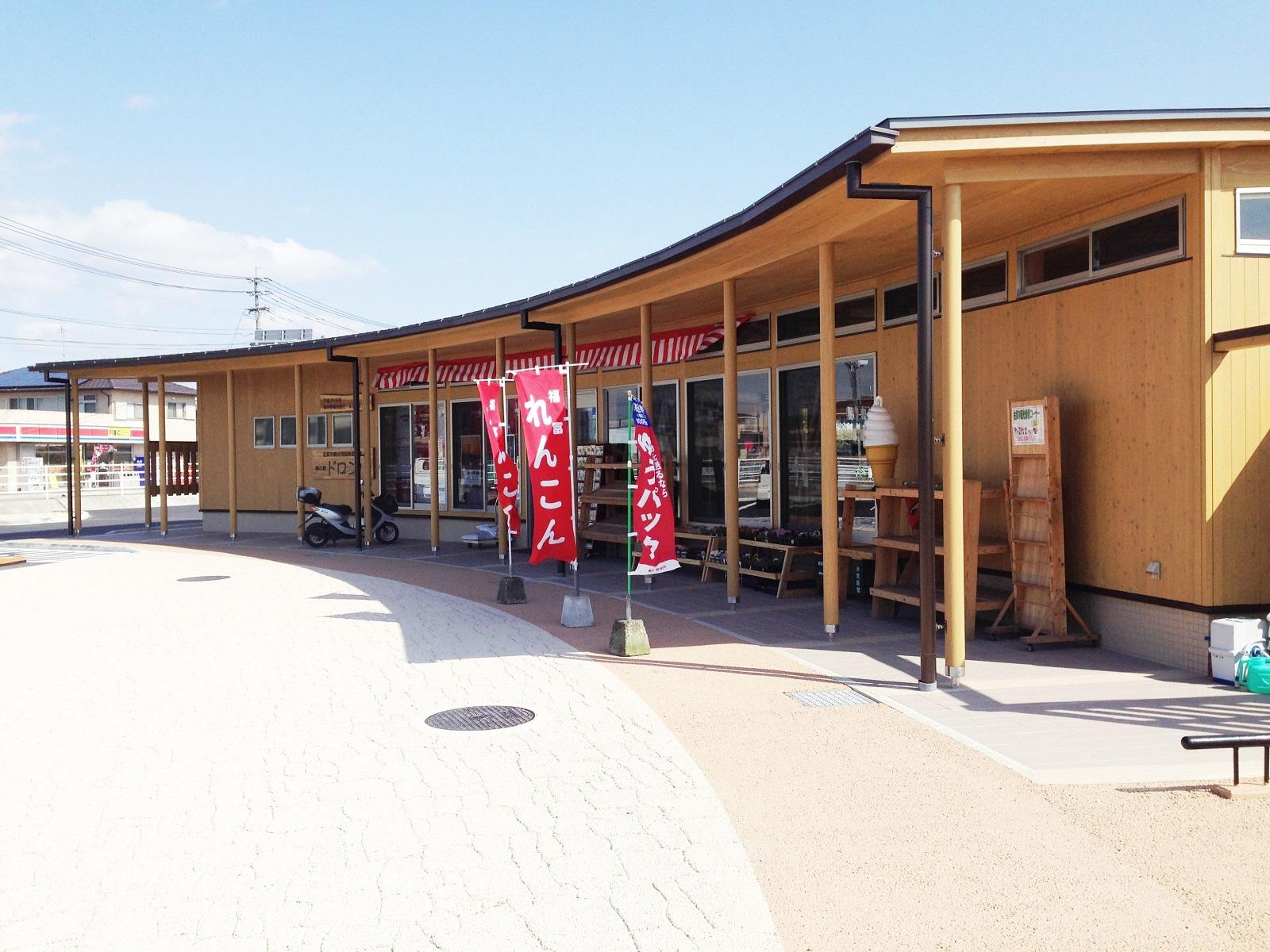
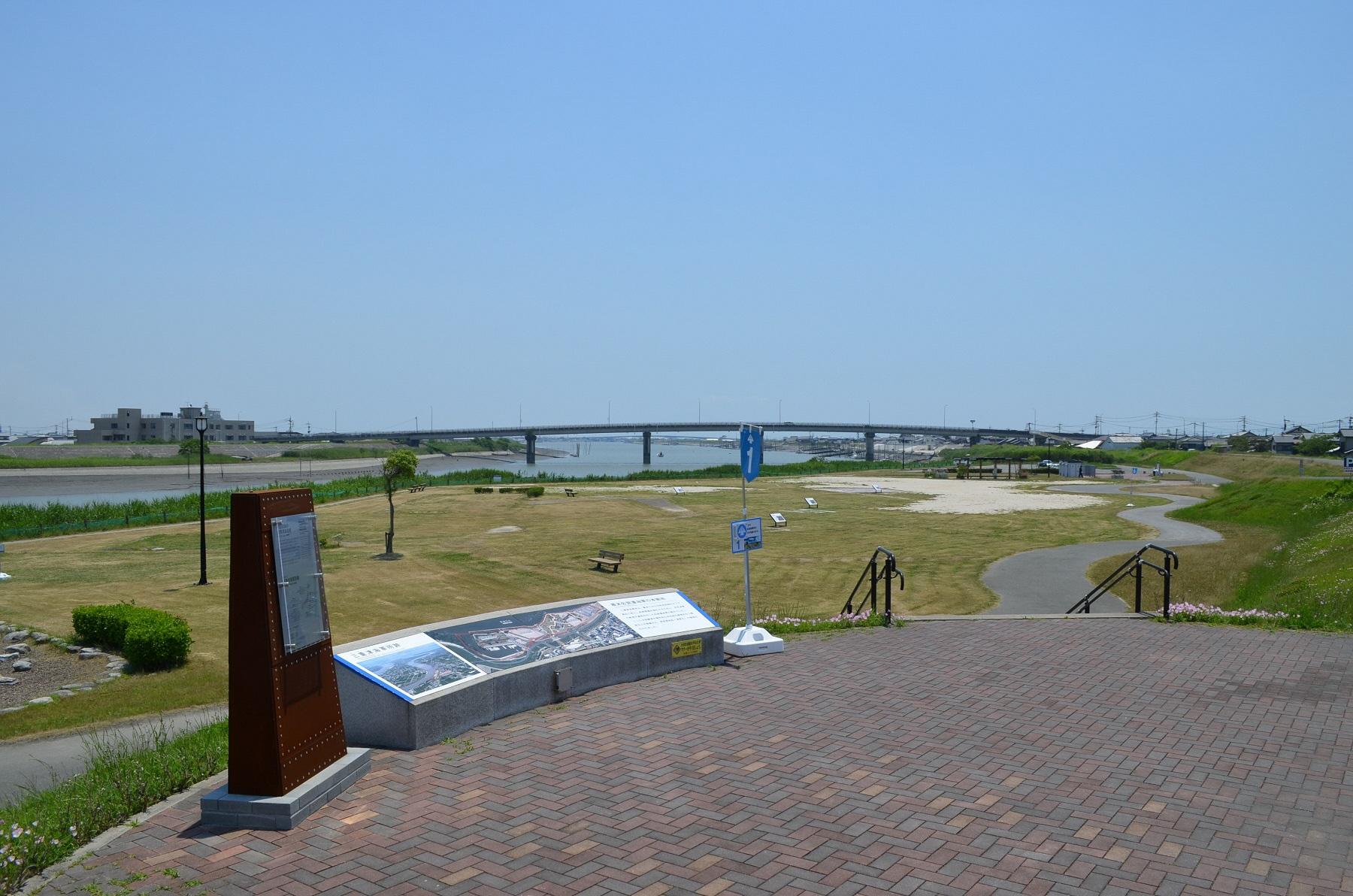
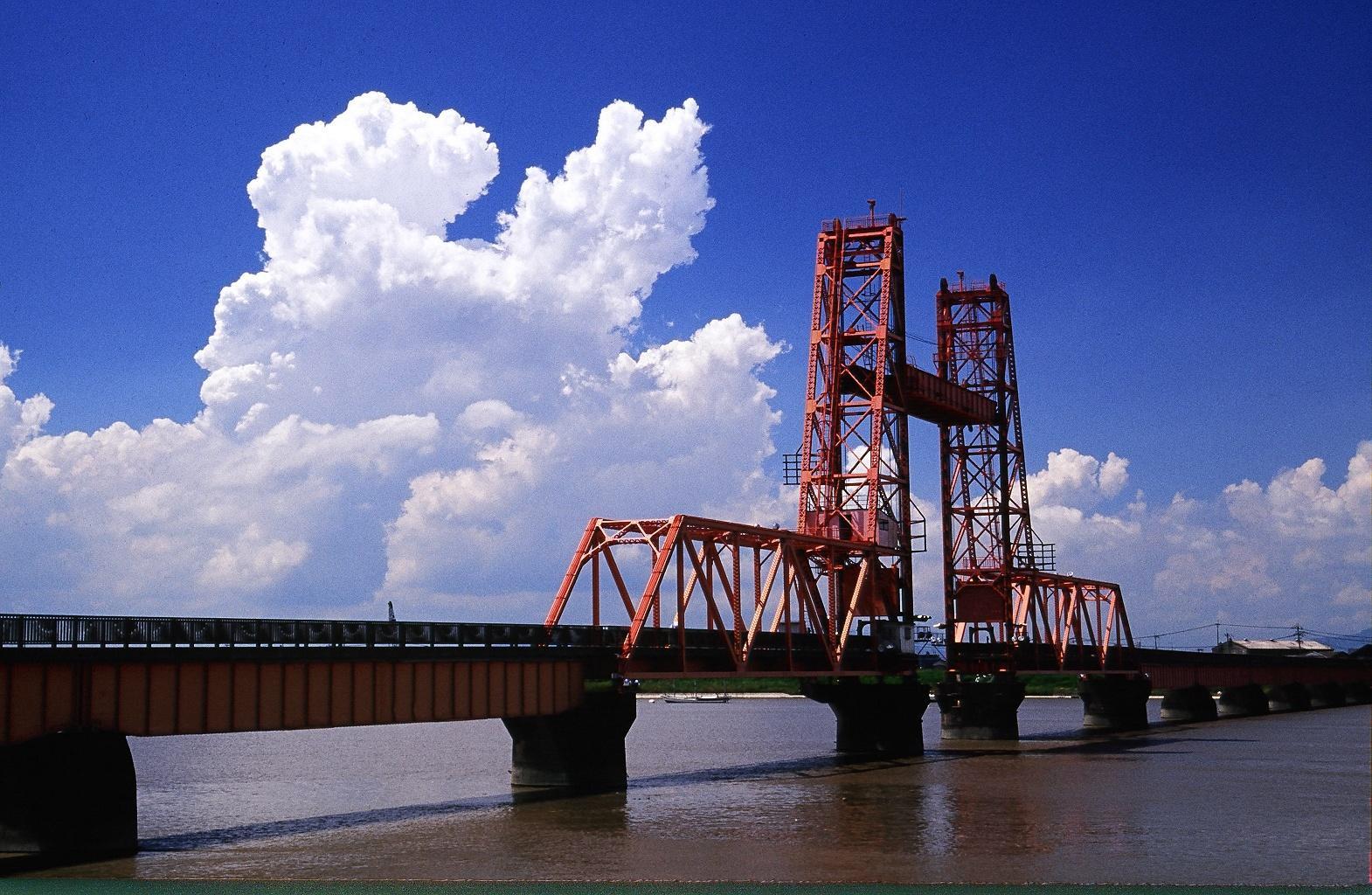
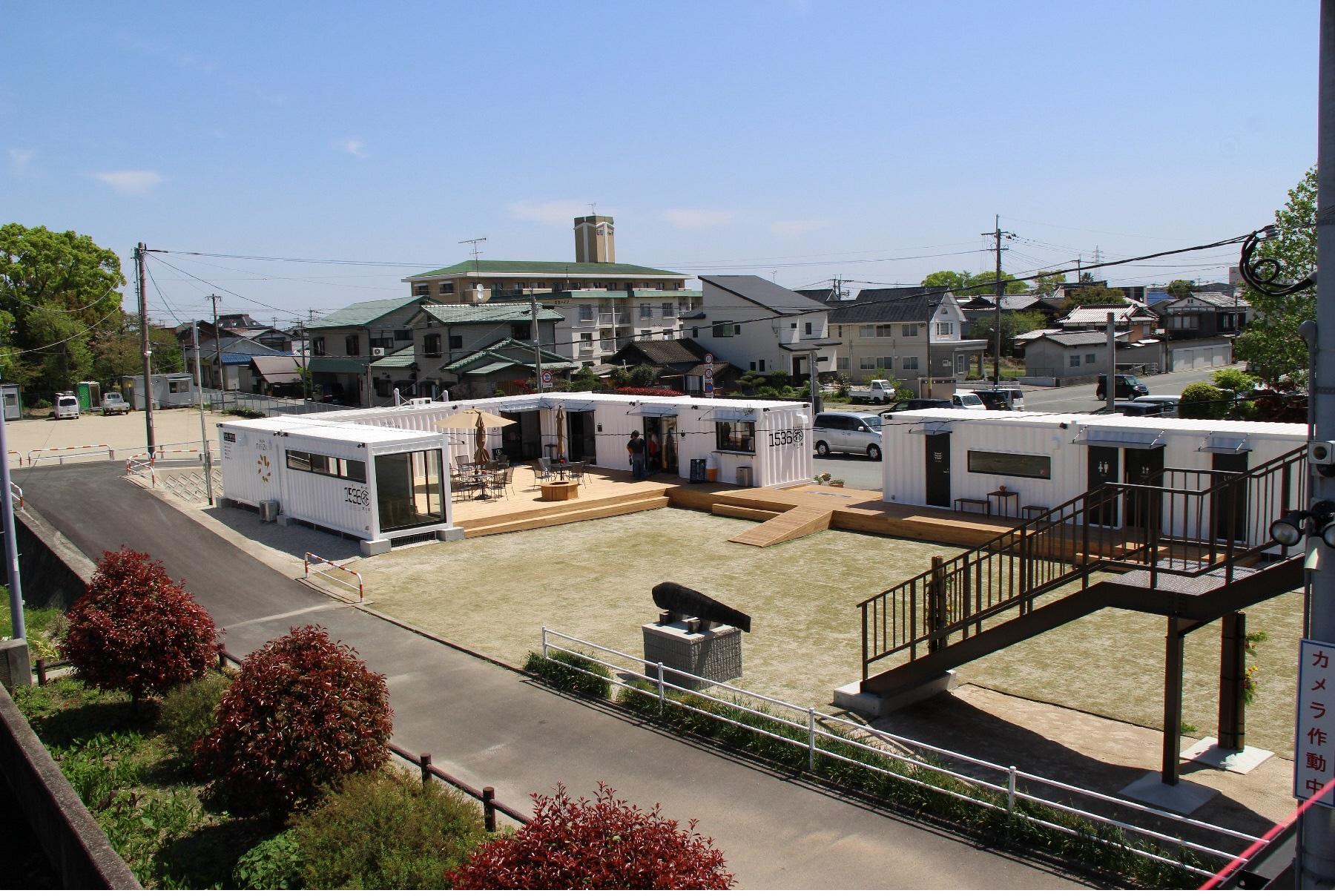
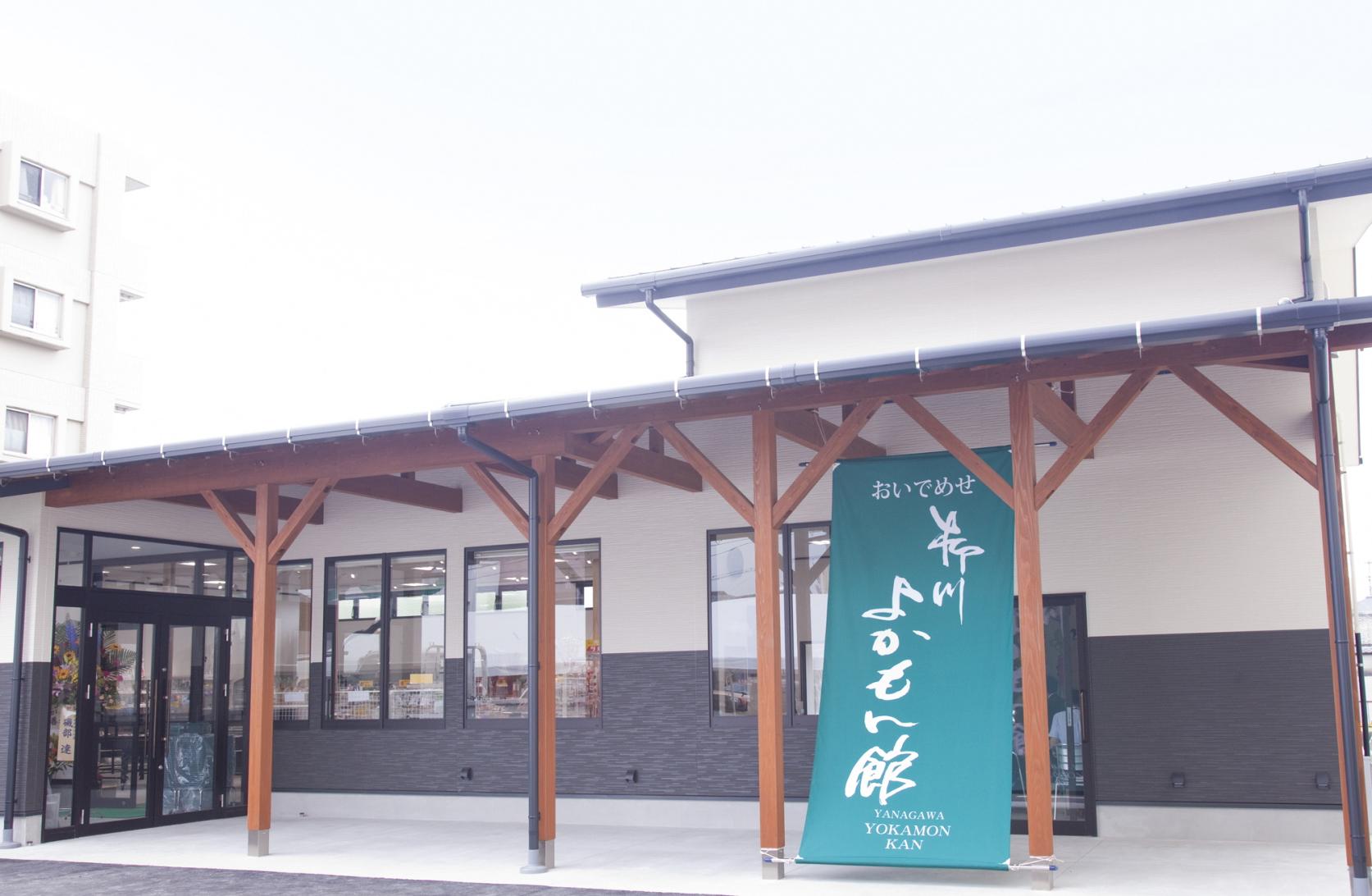
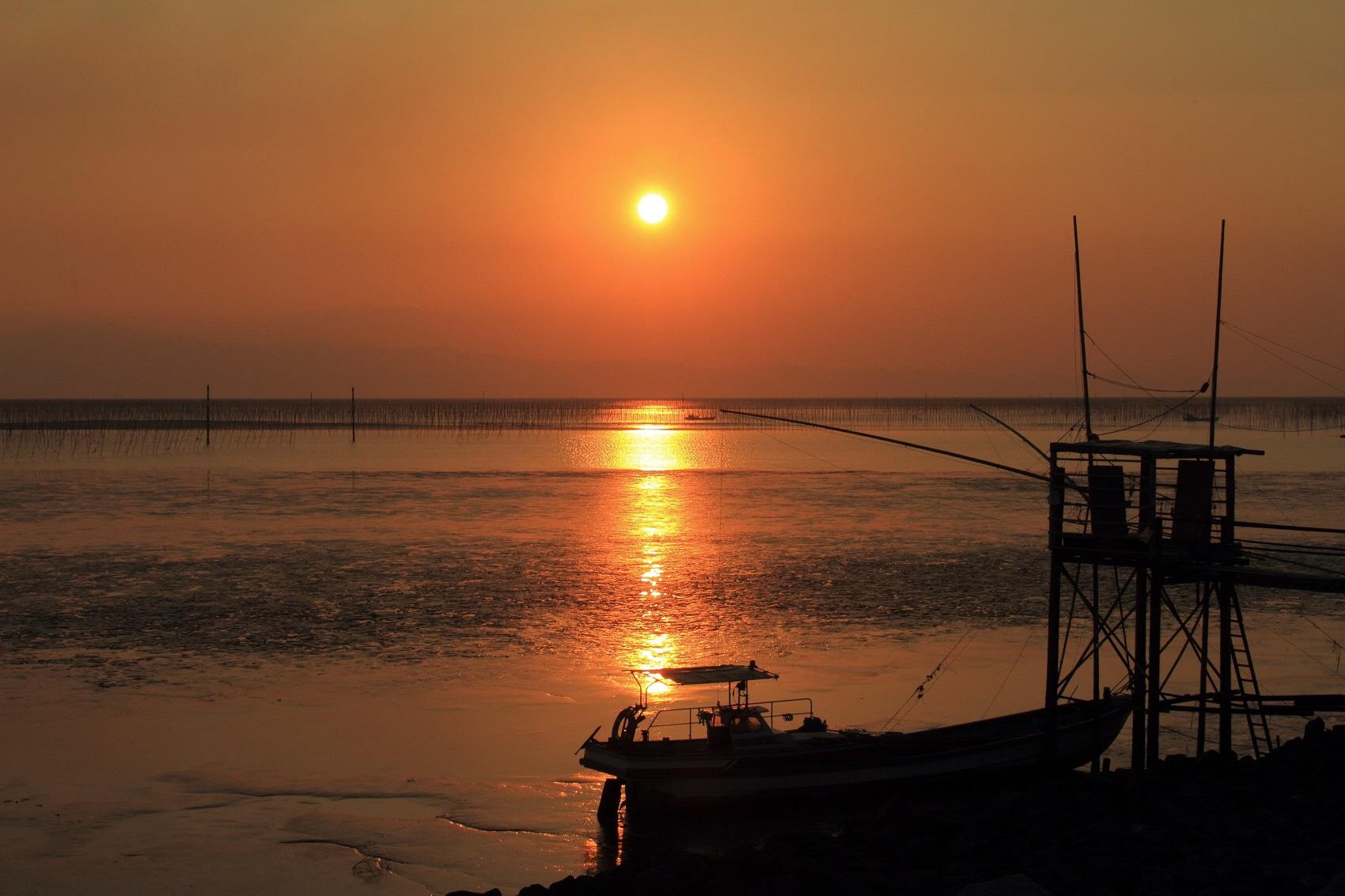
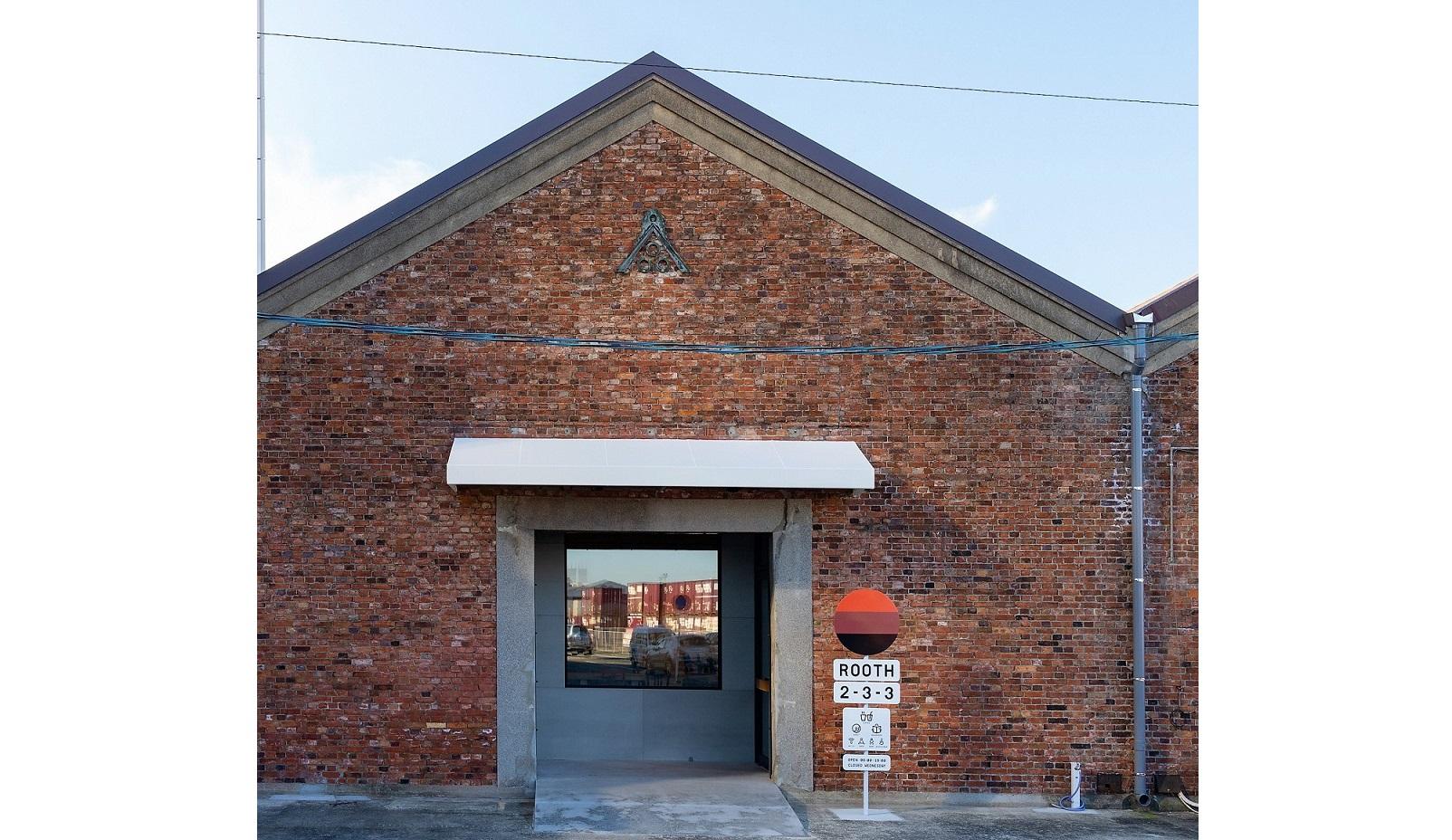
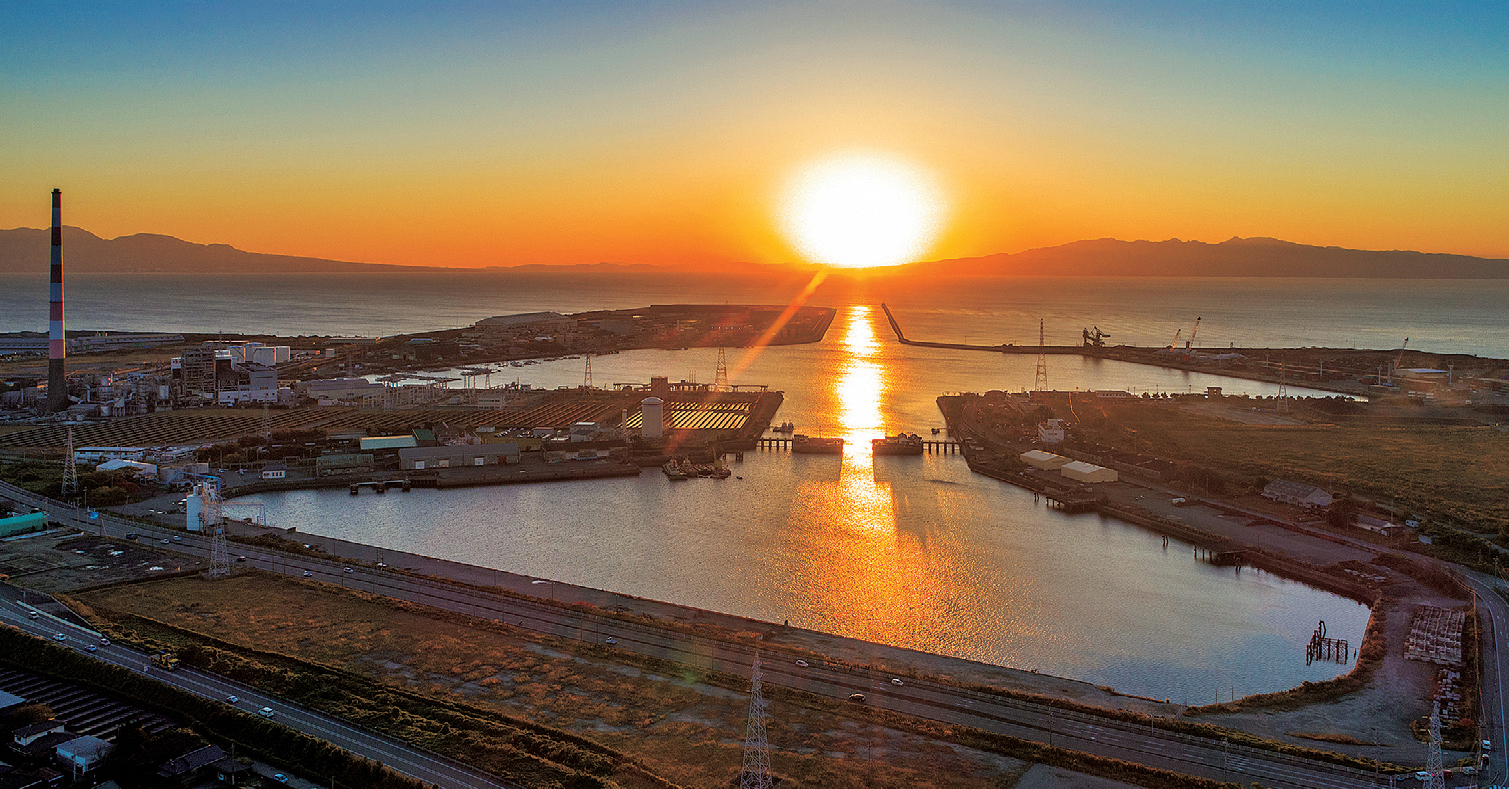
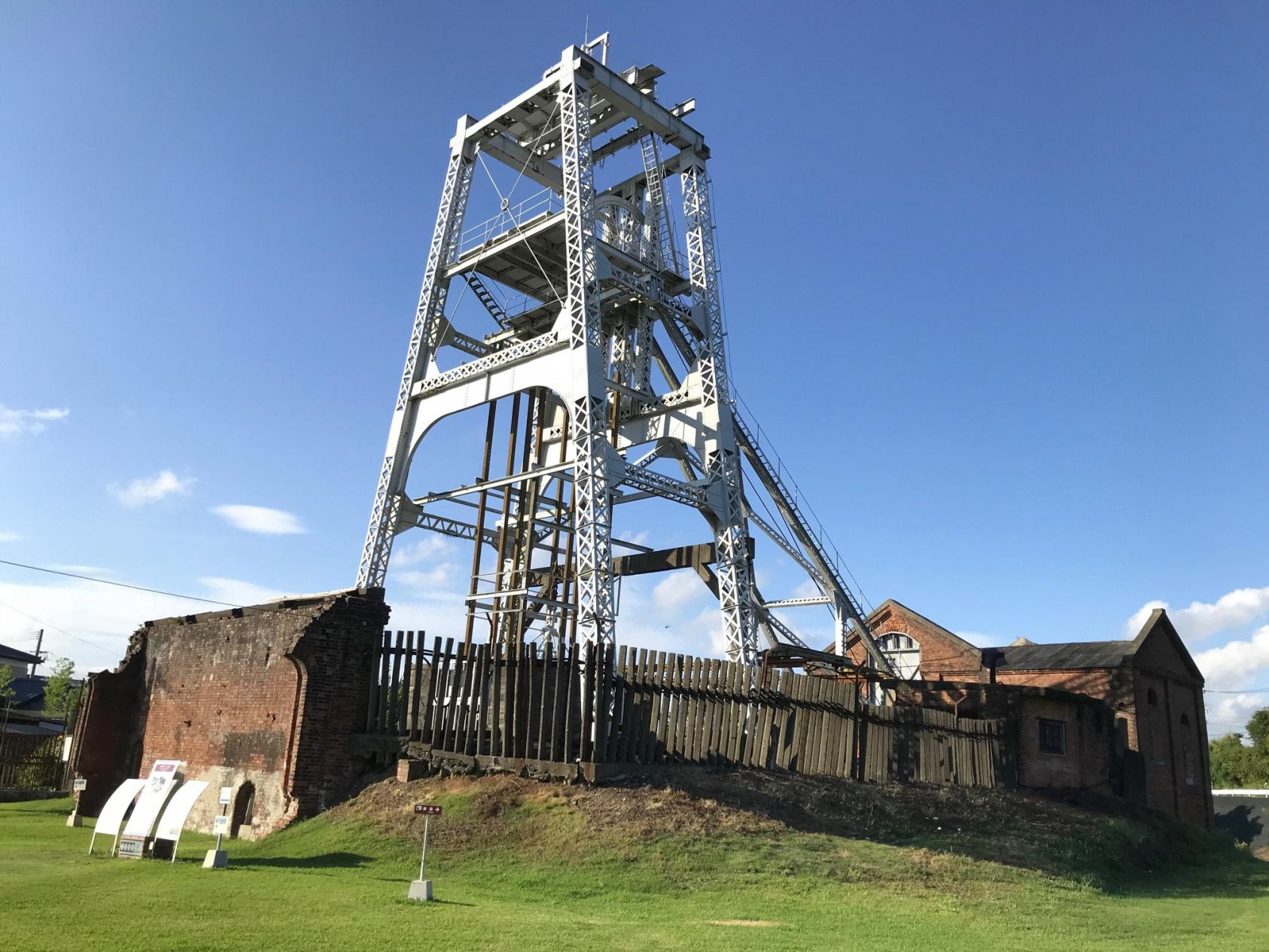
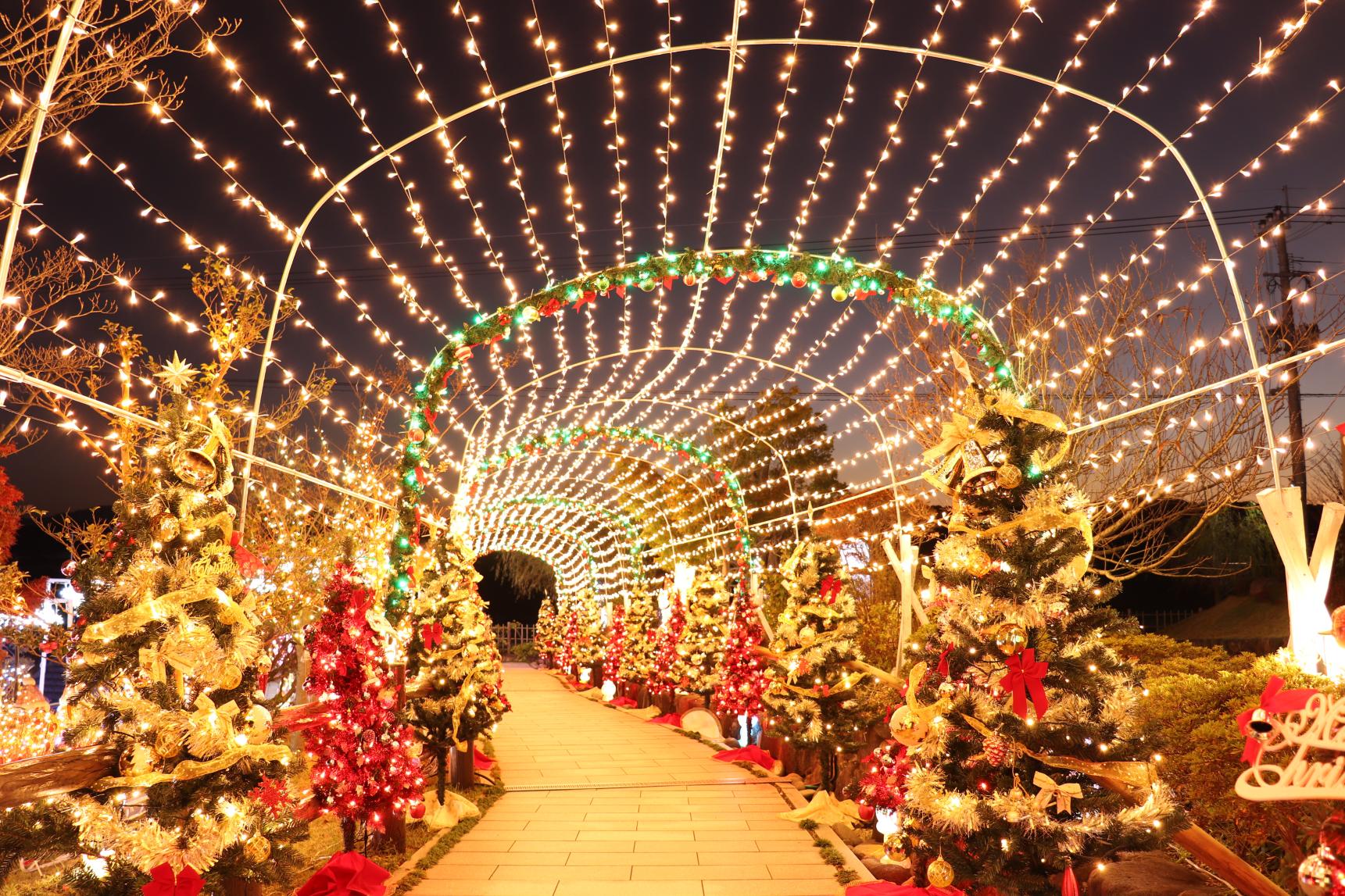

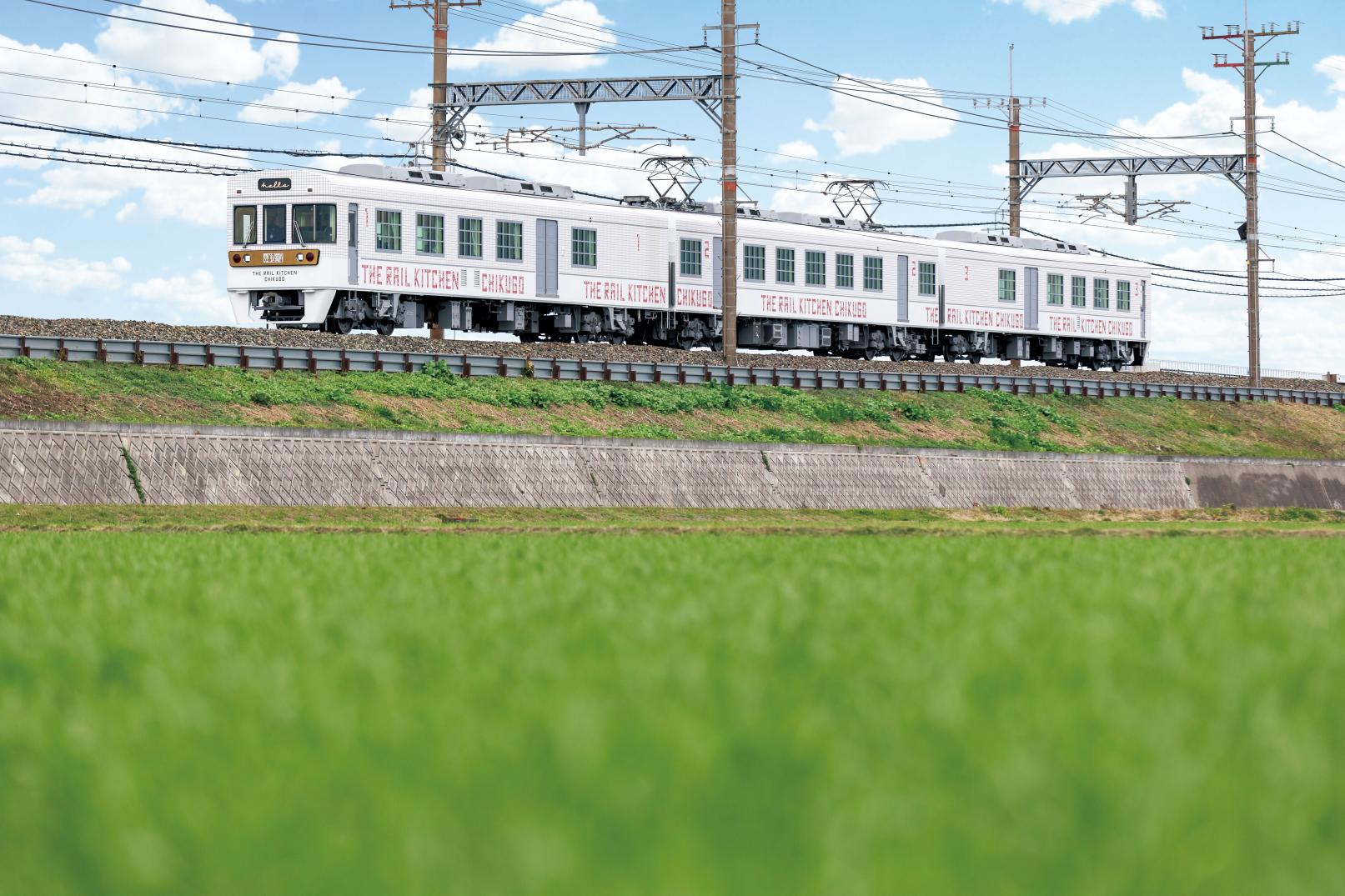
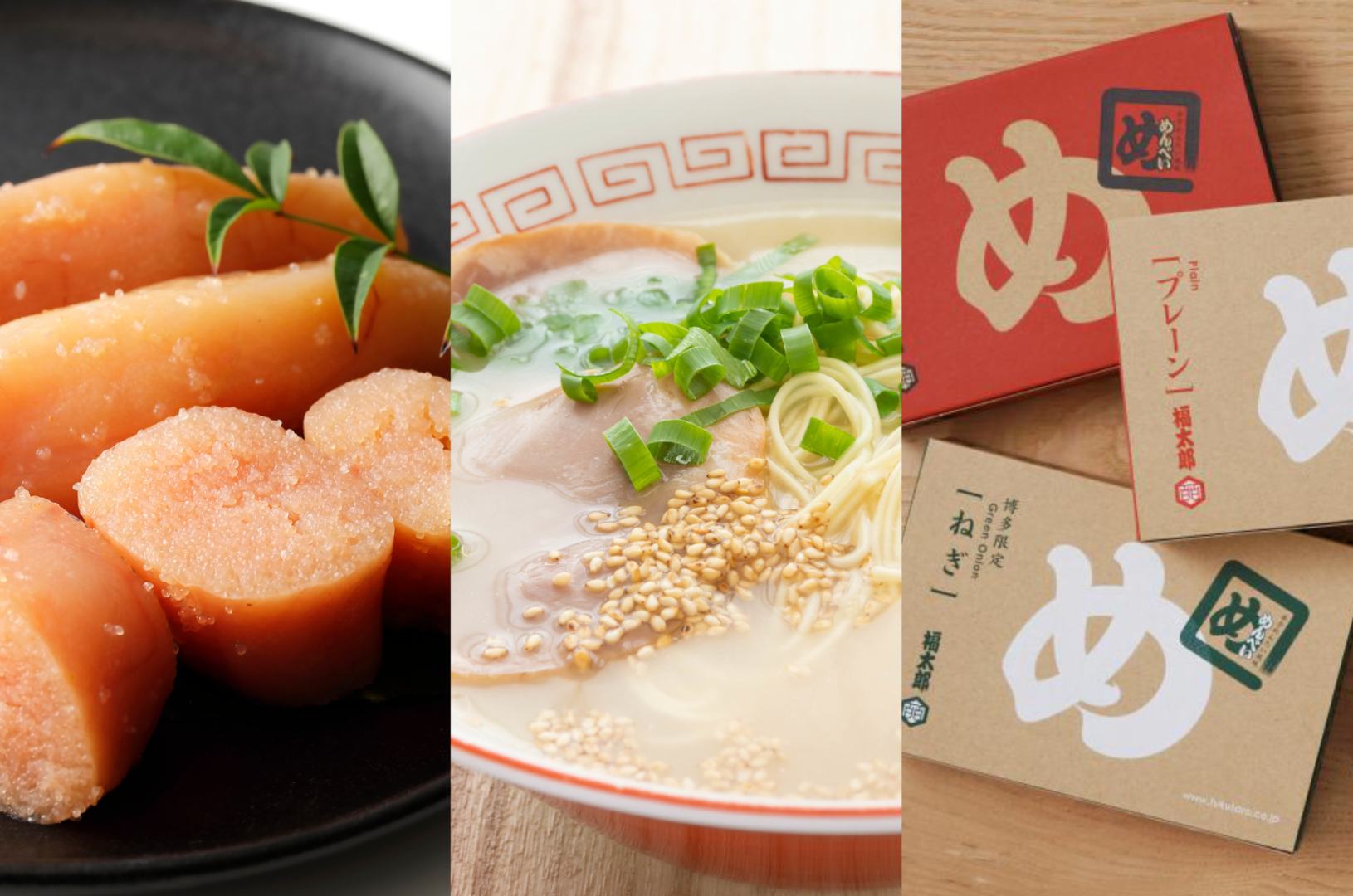
![[2024 Edition] Your Guide to Fukuoka Prefecture's Best Fall Foliage Destinations-1](https://www.crossroadfukuoka.jp/storage/special_features/279/responsive_images/49m7voPHQ1J9tJsmiguwSxPT6qZON51ATRvm5NJK__1673_1115.jpg)
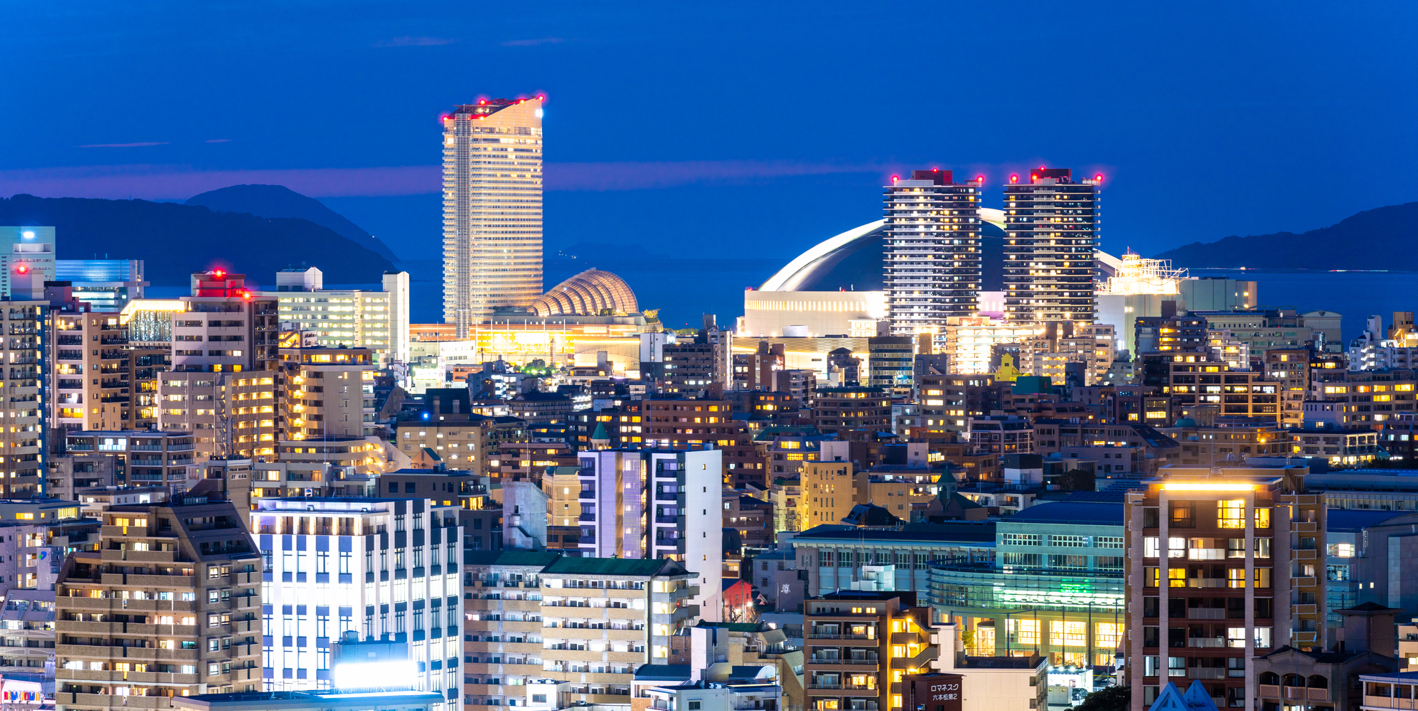
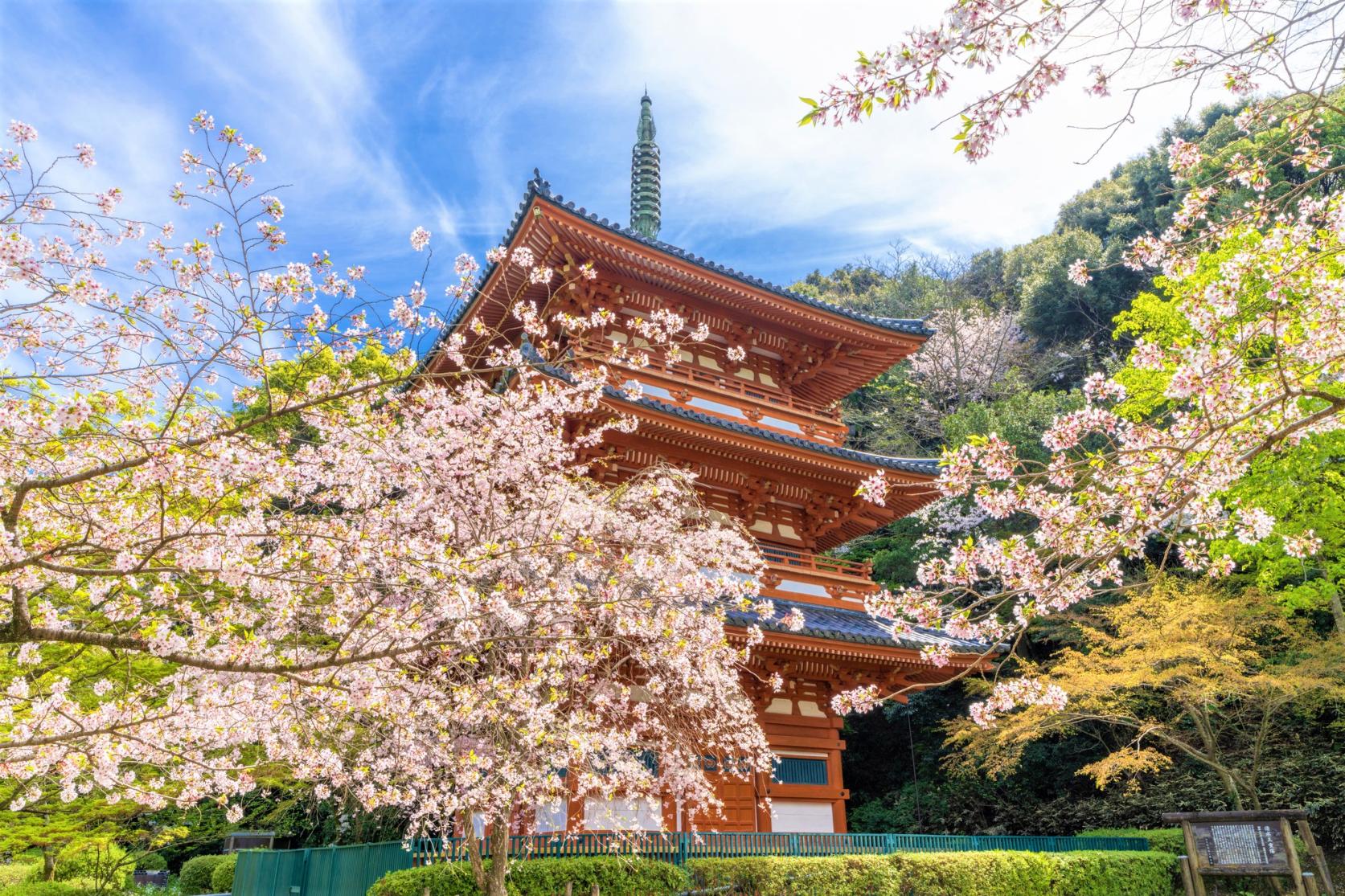
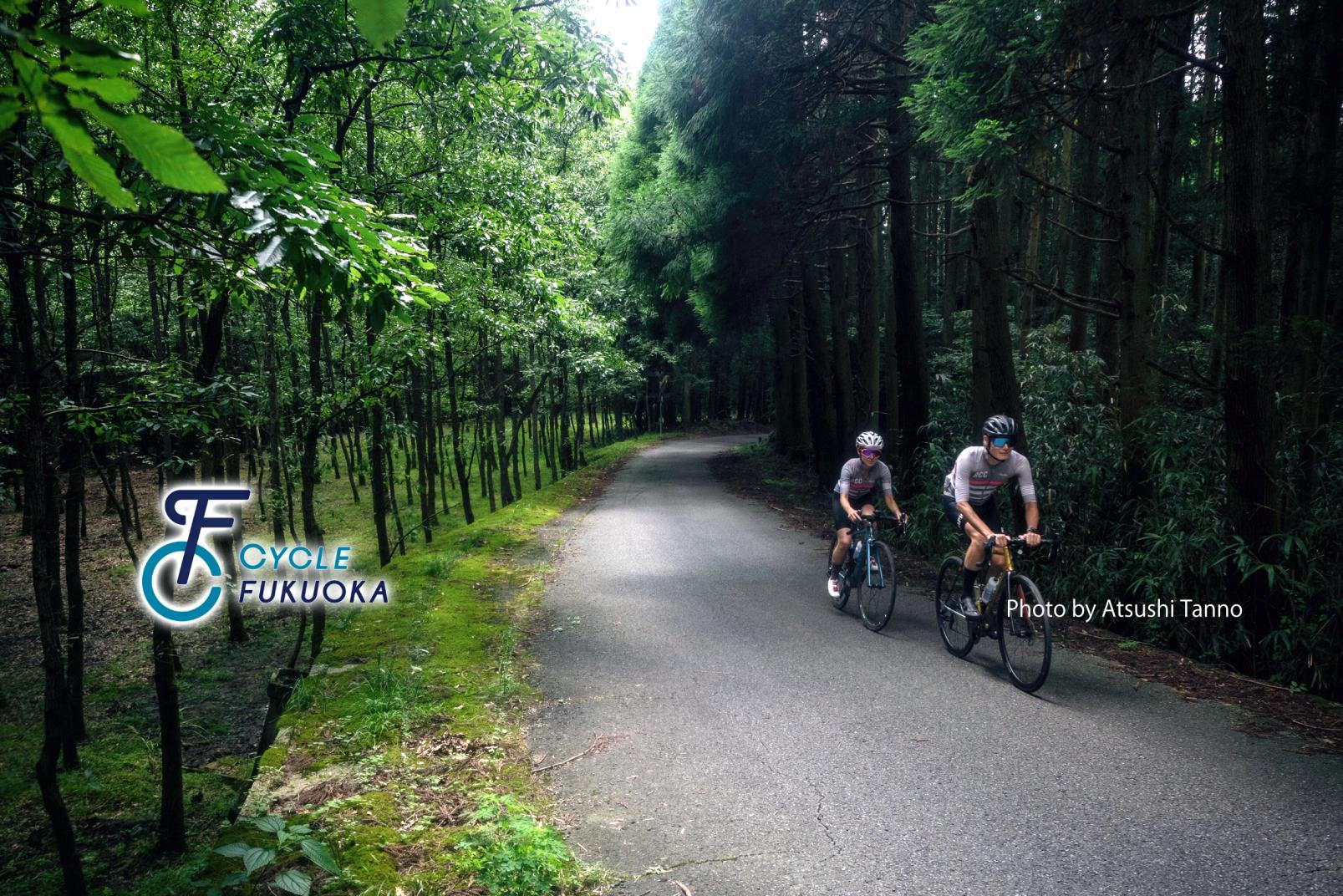
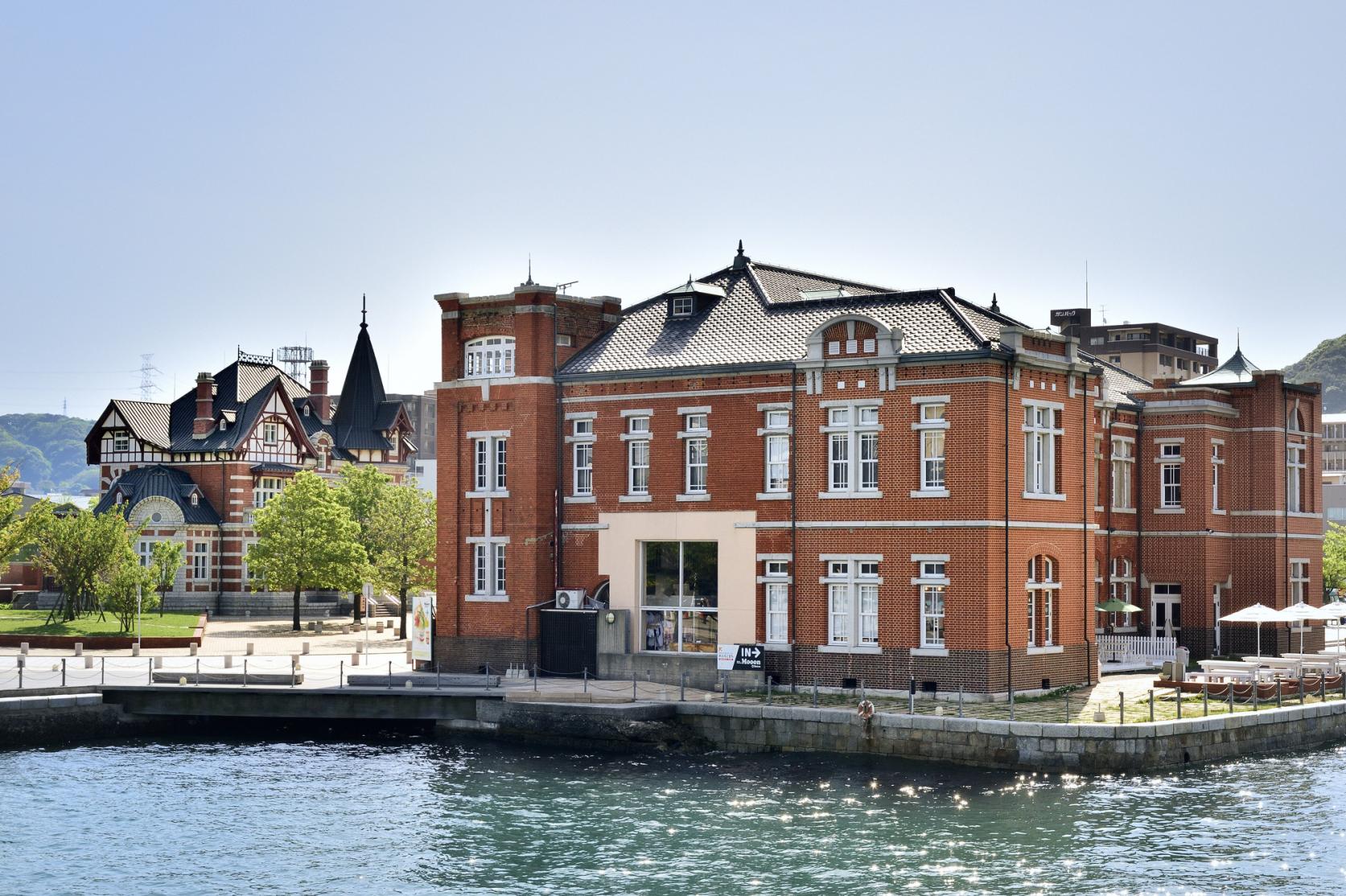
![[2024 Edition] Enjoy the New Year in Fukuoka! Special Feature on First Sunrise and Hatsumode-1](https://www.crossroadfukuoka.jp/storage/special_features/303/responsive_images/WMWmetE3zassCD8JlncouwivzCqCrrAAwwhp5OGF__1669_866.jpg)
